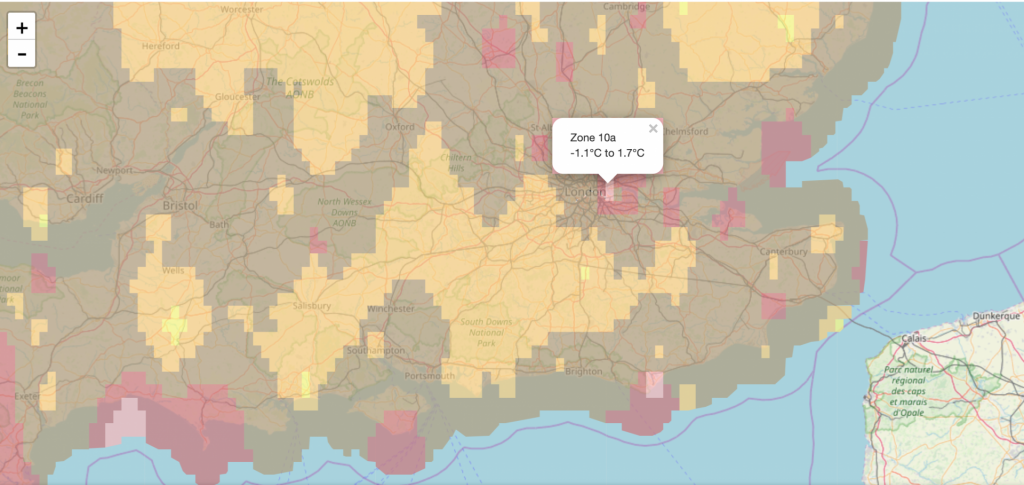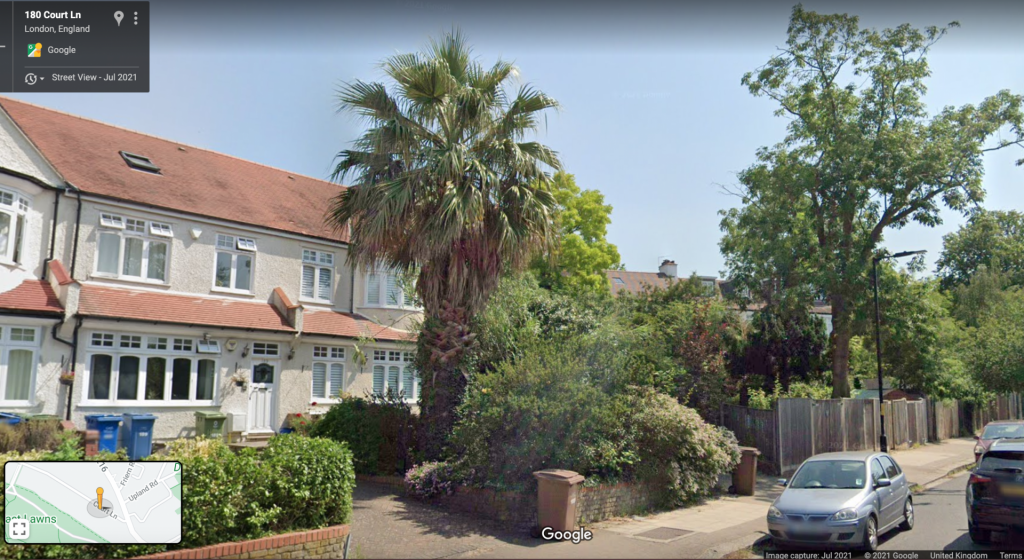Leaderboard
Popular Content
Showing content with the highest reputation on 01/01/2022 in all areas
-
9 points
-
7 points
-
6 points
-
5 points
-
5 points
-
5 points
-
4 points
-
4 points
-
4 points
-
Back across the Coast Highway and my side of the tracks, I walked by what should be a very familiar garden on this website. I've been tempted to ask if I can have one of those Persimmons, but we are loaded up with the other softer variety right now. I love the Dypsis basilonga, which is coming along fantastically. The Ficus adjacent to it is hanging in there doing better than the one I killed a few years back. Had to get one shot peaking through the gate, and show off the tall Roystonea and fruit laden Howa belmoreana.4 points
-
One of the older palm gardens in Leucadia, showing off a tall fruiting Chambyronia macrocarpa and a smaller hookeri, a young Ravenea julietiae, and the last photo has what I think is a Dypsis decipiens with several feet of ringed trunk and a smaller offshoot to the side. It is definitely a Dypsis though.4 points
-
Never seen a mature one, so it remains a rather elusive cross. From what I have seen on two plants of mine grown from seeds, seedlings produce rather stiff eophyll and following strap leaves (in contrast to pure roebelenii, which produces softer leaves). Then by the time leaf division begins, leaflets are quite soft, almost similar to roebelenii and on following leaves leaflets start spreading at different planes. Of course all above observation was made under indoor (cold frame) conditions. It is likely, that under outdoor conditions plants could look considerably different. Here are pictures of my hybrids almost 2 y.o.3 points
-
3 points
-
3 points
-
3 points
-
DECEMBER 2021 UPDATE wrapping the sabal palmetto we call BABSHI, one of Connecticut's notable tress, which has been living outside unheated since 2009 in a warm microclimate in Bridgeport CT. We believe it is one of the few if not only Sabal palmetto palms who has survived this far north growing outside and never brought in for this long. Bridgeport is official zone 7a but with the many microclimate protective factors, IM SURE ITS A ZONE 8 MICROCLIMATE Microclimate factors are the following 1. dark brick building absorbing winter heat and blocking cold northern winter winds 2.location near Long island sound ON 3 SIDES 3.planted chose to building in a frost free zone 1.5 feet from building 4.potential heat escape from building? 5.Mummy wrapping and antifungal spray on crown 6.mounding of soil and much as high up as we can over the sensitive areas of the palm spear im sure these have kept the palm alive and getting big!3 points
-
I'm a member of a local Arizona Facebook group for palm enthusiasts. A member there found this coconut growing in Mesa, Arizona. I got permission to post the photos so I thought I would share here. My 22 year-old Arizona grown coconut is in a pot in my living room. I guess this person found the right outdoor spot! This inspires me to try again. I did notice a similarity to the famous Corona, CA coconut. Both are surrounded by concrete. I think that might be the key to survival.2 points
-
2 points
-
I don't think anyone has great data on JxPJ or BxPJ cold tolerance yet. There's a report on here of a BxPJC (Dick's) that survived 15, but that's Cali freeze data which must be taken with a grain of salt. My Butia yatay and Butia yatay x Jubaea survived the Texas 2021 winter freeze in Houston with only passive protection. Both spear pulled but grew out and had no other leaf damage. The Butia yatay has put out several leaves whereas the BxJ only put out a stunted leaf. Most BxJ just look like a beefy Butia, but Butia yatay x Jubaea truly looks like a Jubaea. Beautiful hybrids.2 points
-
Hardy here ; I've never seen damage and it has seen a low of 5F in 2014 and a low of 4F in 2015 . I need to collect seed on it now . I'll see if I can get a picture of mine today . Will2 points
-
I was in the 20s since just after sundown. No clouds here at all, the weather apps say 22F but my thermometer seems to have died. Had to pull out an old thermometer it was reading 23-24F. Once we warm up after lunch that’s the end of it for me. I didn’t have it as bad as most of you, only two days failed to go above freezing, both at 30F. The snow we got pretty much melted each day. I sure hope we don’t get another one of these this year.2 points
-
2 points
-
best guess is it added 14-15' height from just under 4' in 11 years. The site is not the ideal spot as its not wet, very sandy, and that favors the senenoas underneath it over this palm which likes more water. There still are the florida summer rains for 2-3 months, things grow here quickly in those months. I am glad its not too fast, I can still see into the most colorful part of the crown from 20' away. At some point, the second pic will be the view unless you are far away. I'm pretty sure this palm could have been faster without all the long term container stress and with a less dry spot in the yard. In clayish soils they should also be faster. I have very recently added turface MVP to the root area of this palm to help keep it moist. The speed of a transplanted large palm will be slower than a palm with an established root system at the same size. Get it in the ground for bet results. Yeah lots of my palms are 9B or even 9A as I was hammered by the 2010 freeze frost event and had lots of zone 10 stuff die. I have added more zone ten as the yard has filled in. I have lots of palms trapping down heat in a cold event now and low wind flows due to border plants and planting density. A mature yard is a warmer place in winter.2 points
-
Thanks for sharing the great pictures Tracy and Jason. I should cruise around my new neighborhood and snap some pictures as well. Happy New Year!2 points
-
That’s what I thought too, this little bit of cold came out of nowhere! Looking forward to the thaw beginning for us tomorrow. And they snow melting, because I’ve been too lazy to shovel anything. Hopefully the warm air is not far behind for you guys too. Should have a decent idea of what damage I’ll see with the snow gone and the thaw by Sunday/Monday. At least your Livistona should bounce back in the spring even if it gets defoliated. Sending warm vibes to y’all from up North! Happy New Years!2 points
-
2 points
-
2 points
-
2 points
-
The weather outside is frightful but my palms are so delightful! ya I got a jungle going. Some good stuff for sure. Can probably play I spy if you zoom in lol. come spring we got some serious planting to do. Greenhouse is loaded too. Few last minute drag ins, stuff in 15-25 gal I was ok with 2 days freeze but not a week.2 points
-
The "garden through the gate" is a perfect example of the beauty of a dense grove of Howea forsteriana, which brings most of the grace of the coconut palm to the cool marine climate of coastal California. I think sometimes people get so caught up in trying to grow heat-loving lowland exotic species, they turn their backs on a coveted resource...since these palms are only adapted to a very small percentage of the earth's surface, and the coastal strip of California is one of the lucky places that this species, along with Rhopalostylis, Hedyscepe and several other magnificent palms, can be grown to perfection. (And speaking of exotics, that's a beautiful sumawongii!)2 points
-
2 points
-
This - tied with Corymbia papuana - is my absolute favorite tree. Such a deep green, thick canopy with absolutely beautiful form. I have two in my front yard and would have 50 if I had the space.2 points
-
This is going to be a really neat cross. Hopefully a small, clustering, hardy palm that won't put holes in your face while you're trimming it.2 points
-
2 points
-
2 points
-
I recorded a max of 16.2C / 61F here today, although the highest 'official' reading was 15.8C / 60F in England. Either way it is the mildest New Years Eve on record. The sun came out in force around 1-2pm as well and it was clear skies until sunset. If only every New Years eve was like this one! I think the mild nights are more significant than the mild days. Some places are seeing 13-14C / 56-58F for nighttime lows as we go into January at 51N.2 points
-
2 points
-
2 points
-
2 points
-
Yes exactly, we were only protecting it lightly for years BEFORE 2018 with all of the warmer winters we had but in 2018, winter was so bad and wet and long (into march) that we thought the palm was actually dead, the spear pulled. But it somehow rallied and we vowed to protect it since then with maximum protection as it is an iconic palm living so far up North. In 2018 it was inducted into the CT Notable tree database2 points
-
2 points
-
2 points
-
Looks like it wasn't quite as apocalyptic as predicted despite lows in the 22-24F range. Plenty of royals left and also foxtail palms, even some surviving bottle palms. The freeze did not seem to put much of a dent in the crownshaft palm population in Port Isabel-South Padre from what I can see. The coconuts are no more though. UTRGV Brownsville (I also passed by the royals at the square in downtown; all but two are alive):1 point
-
This new PRISM data is timed with the new maps coming out on Wikimedia right now that I posted about in the "Future USDA maps" thread. Very similar zones, hardiness 7 = Cfa line, zone 10 = within 2 degrees of tropical 64 degree line at least in the east. https://commons.wikimedia.org/wiki/File:Köppen_Climate_Types_US.png1 point
-
1 point
-
My cuban royal sets seeds. I can see them WAY UP THERE. But hard to find any on the grounds. Must be small and the wind sends them away.1 point
-
Keep us up to date with how your garden progresses Dan. I will keep my eyes open for anything you may be after to add to your collection too.1 point
-
1 point
-
A 7G is usually somewhere in the neighborhood of 6-10 feet in overall height unless noted diffrently. I typically get the 3G since I have a compact car. I'm not sure about the typical hardiness you could expect from those varieties you mentioned in particular. The Fiji Dwarf only gets about 4-8 feet of trunk and has a very wide crown. You'll need some room around it. For cold tolerance, the Atlantic Tall, Pacific Tall and Green Malayan are typically the way to go (typically in that order). The Pacific Tall may have a small advantage for a longer chilly spell vs. a shorter and more intense cold spell, but I haven't tried one yet. I'll probably ride over and get a Panama Tall 3G just to see how it does here.1 point
-
East central London is officially listed a 10a zone, but I can see the rest of central London being bumped up to 10a soon and the rest of London becoming a solid 9b. Don't take these zonal markings as gospel as they obviously just give a rough idea. I'm pretty sure there were no 10a zones 50 years ago though. And no 9b zones 100 years ago. Scorpions are living in the UK now. An estimated 10,000 - 15,000 specimens in Kent alone. Another 5,000 in east London. By far the furthest north scorpion population in the world. I'm not sure where these came from but they definitely aren't endemic to the UK. The same with false widow spiders that came here from the Canary Islands and are venomous. False widows are now my most common spider here and have displaced all other spiders. They will eat my native species. A bite from a false widow isn't fatal, but it will cause your hand to swell up and venom can eat through quite a bit of skin and cause some necrosis. These Aesculapian snakes definitely aren't native either but are beginning to take over the London waterways. Some pretty good footage here of them in London this September. I think they came from Spain or Italy and are breeding out of control in recent years. The birds are disappearing in parts of London where they are present. More evidence of a changing climate and increasing hardiness zone, given that these snakes and scorpions are thriving there. Heaven forbid someone introduces some rattle snakes of some kind. There are already gators and snapping turtles living in the Thames water ways that have been dumped or escaped. Every year they pull some out. If they didn't I am sure they would reproduce. With all the palm trees such as CIDP, Washingtonia and Brahea appearing over the past two decades, as well as scoprions, snakes and spiders, it does make you wonder what London and southern England will be like in another decade or two from now. Here's the latest street view update on the East Dulwich washingtonia in south London. Still not even in the top 5 biggest London washies, but a decent size nonetheless. Something you never would have seen just 10-20 years ago. Clearly indicative of a changing climate and an ever-expanding UHI.1 point

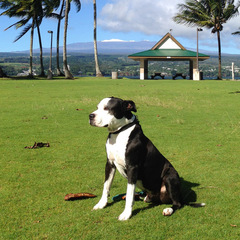


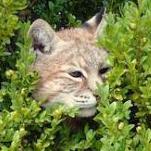
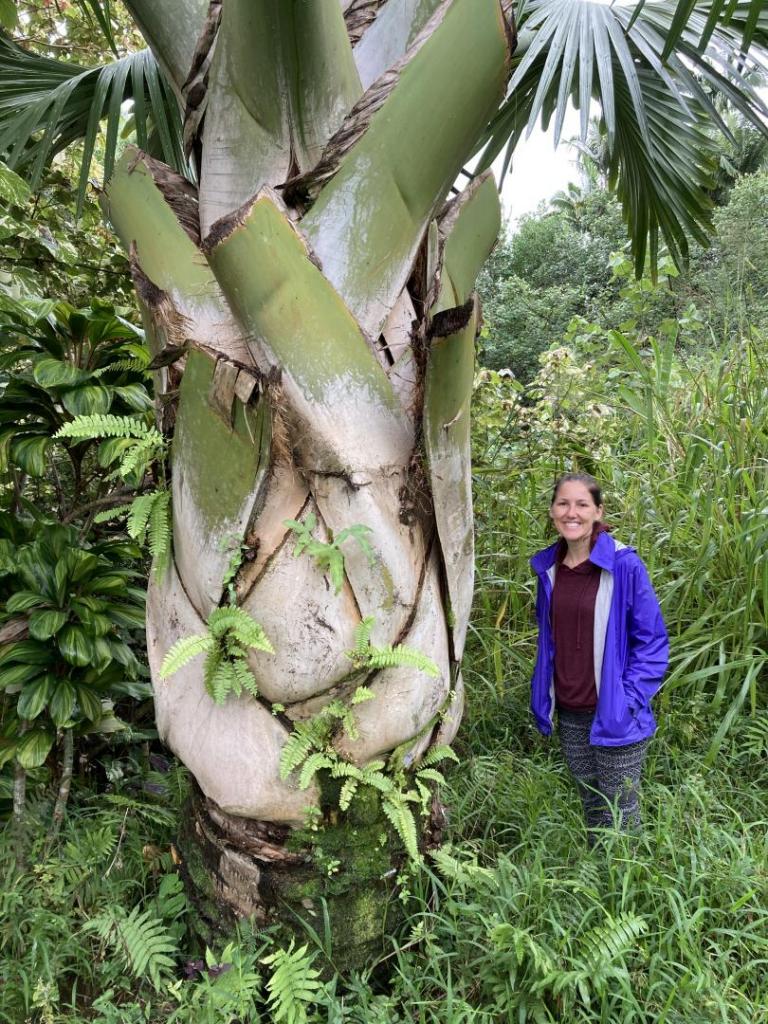
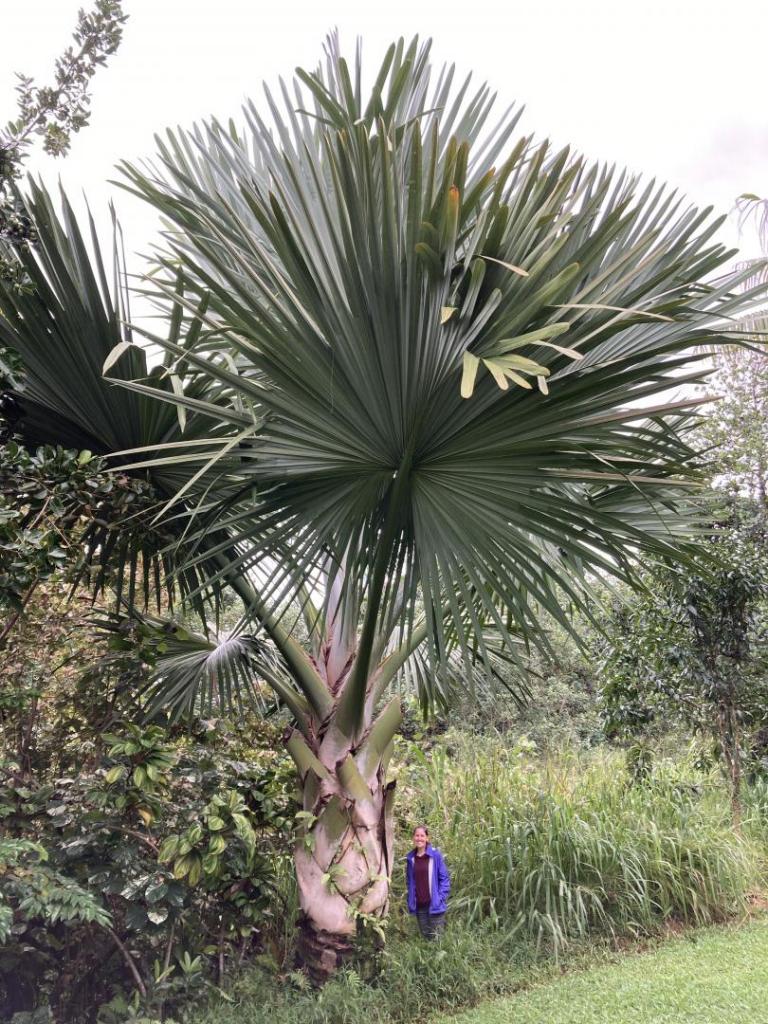


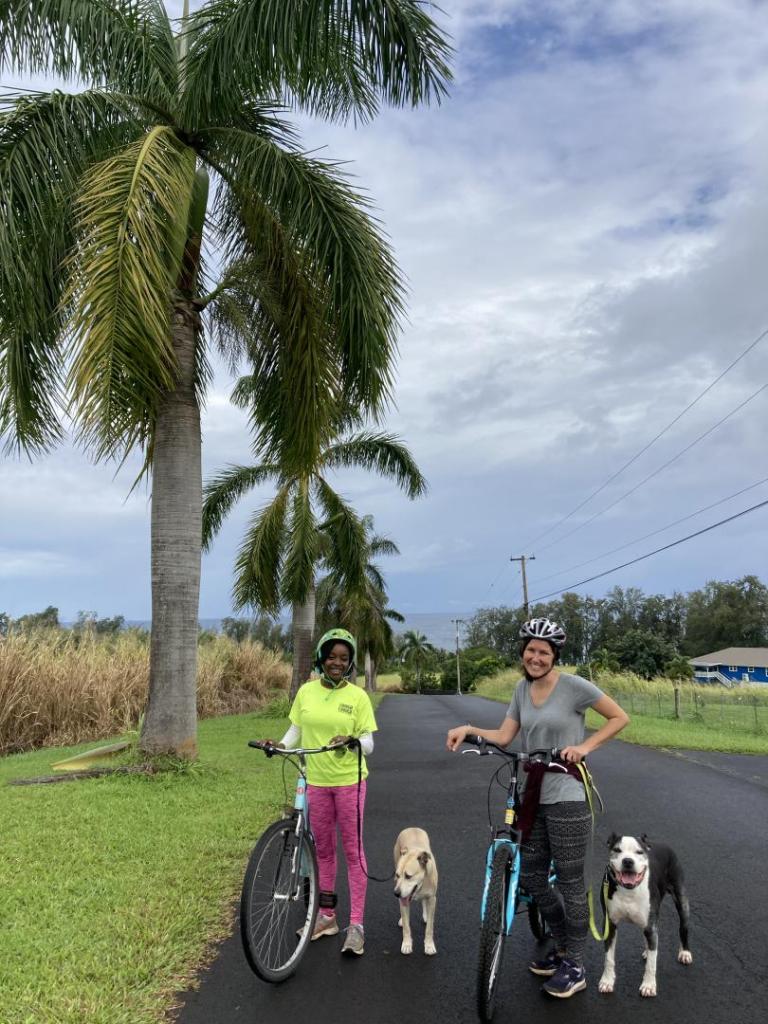
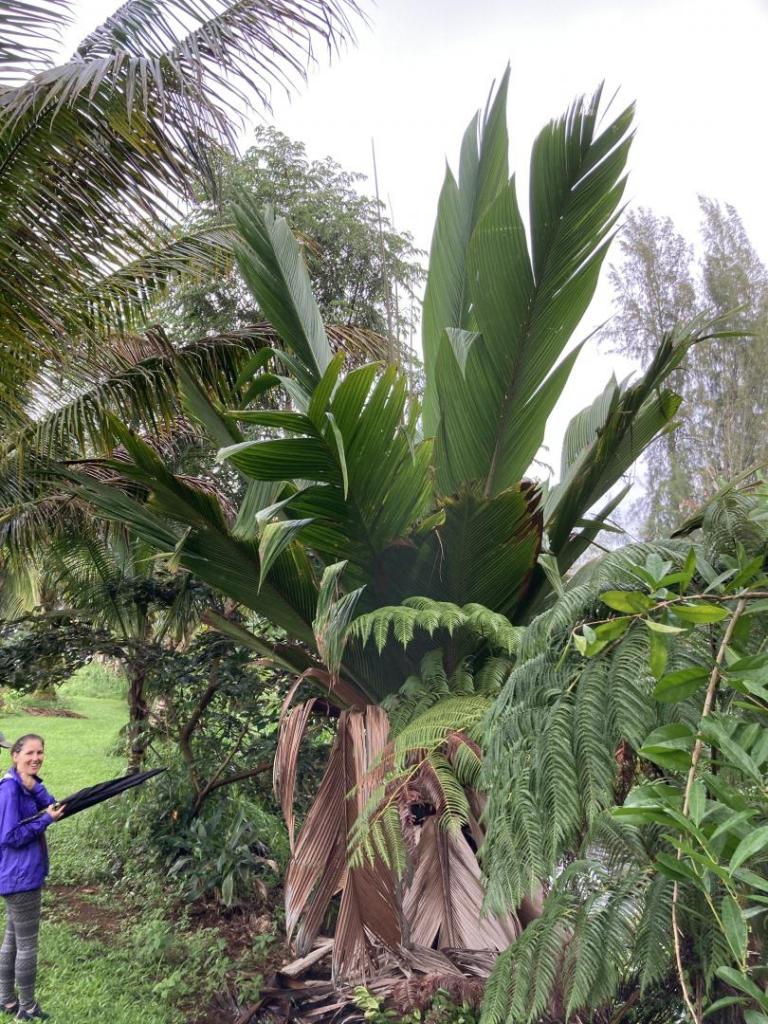
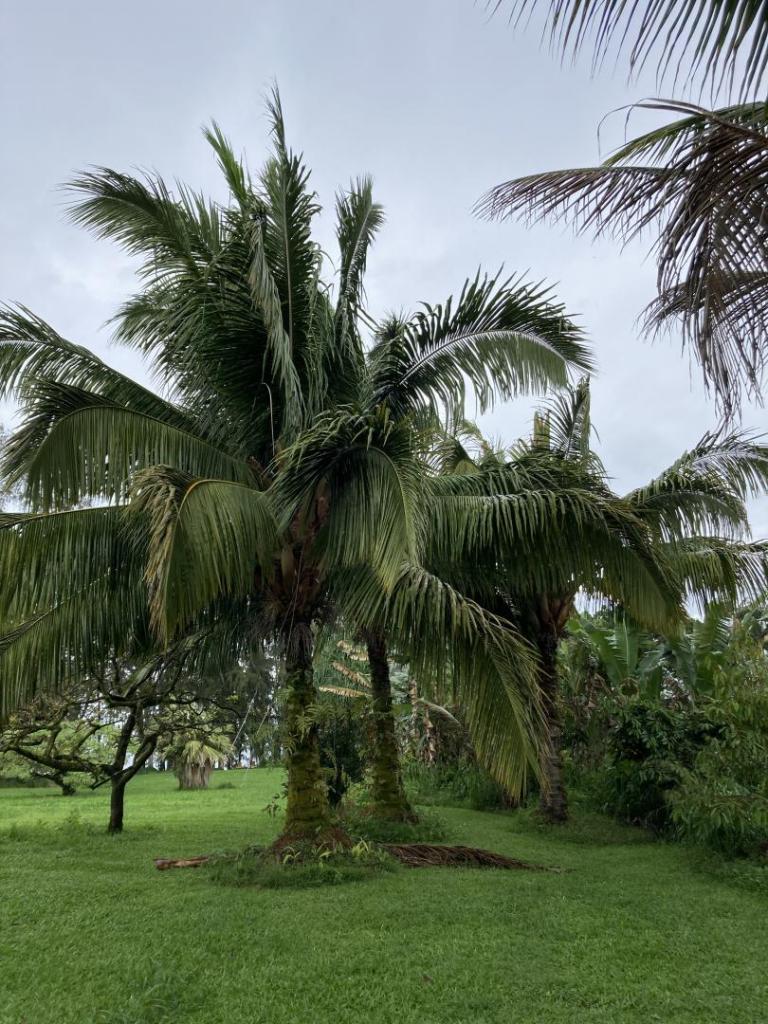
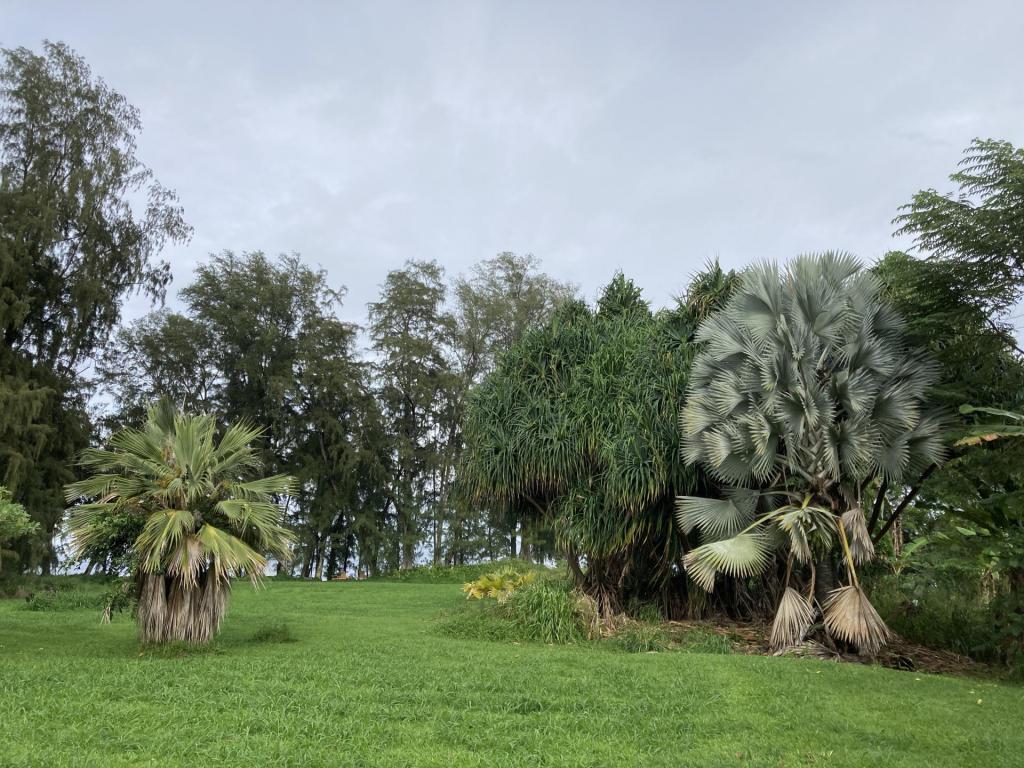
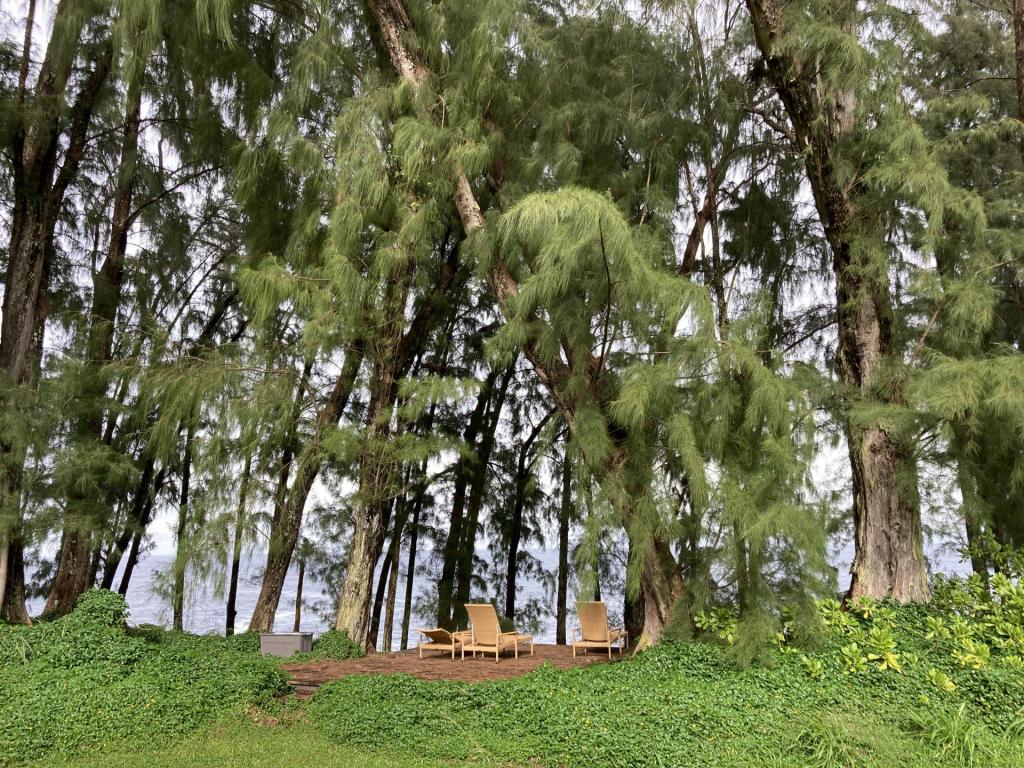



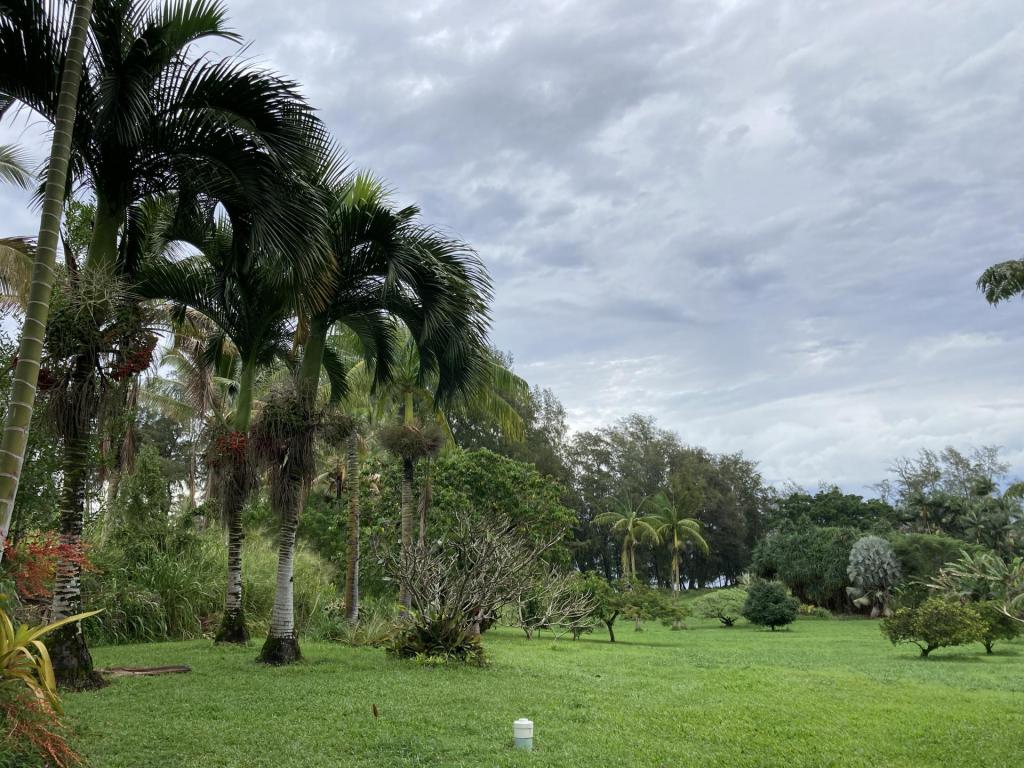
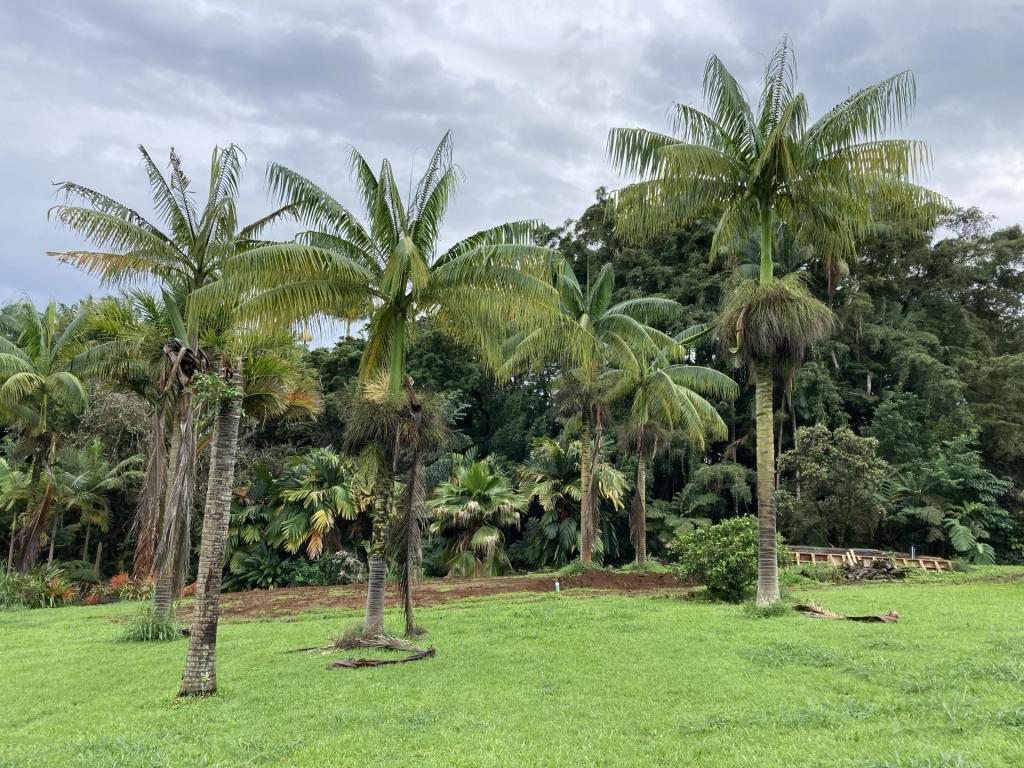
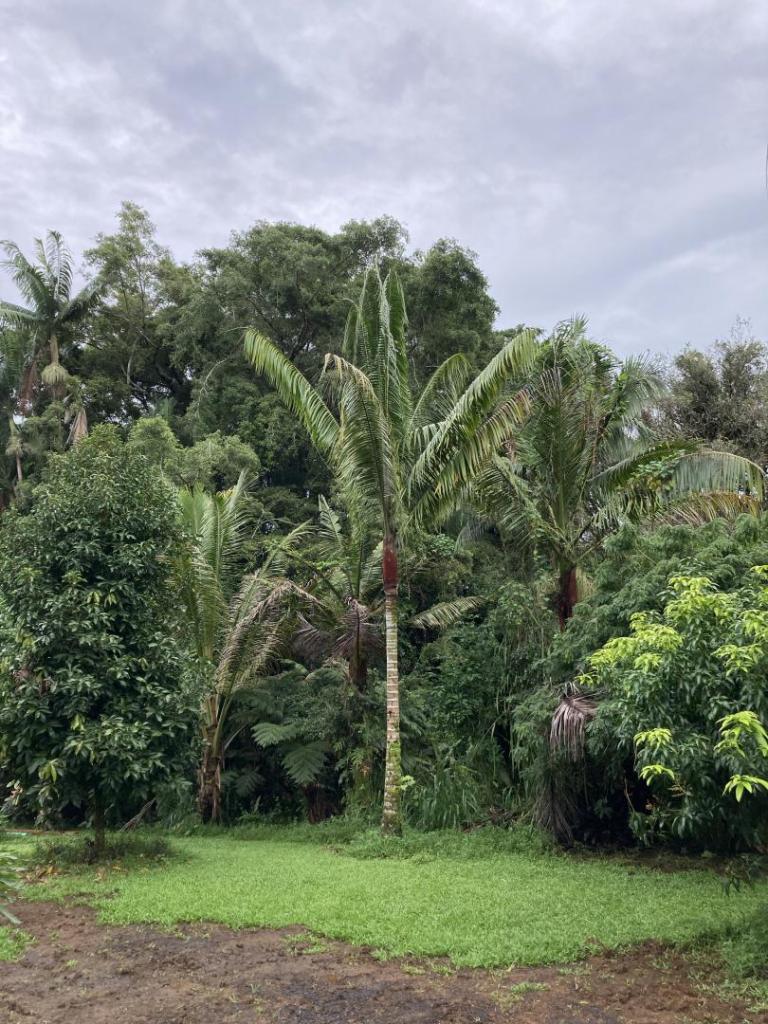
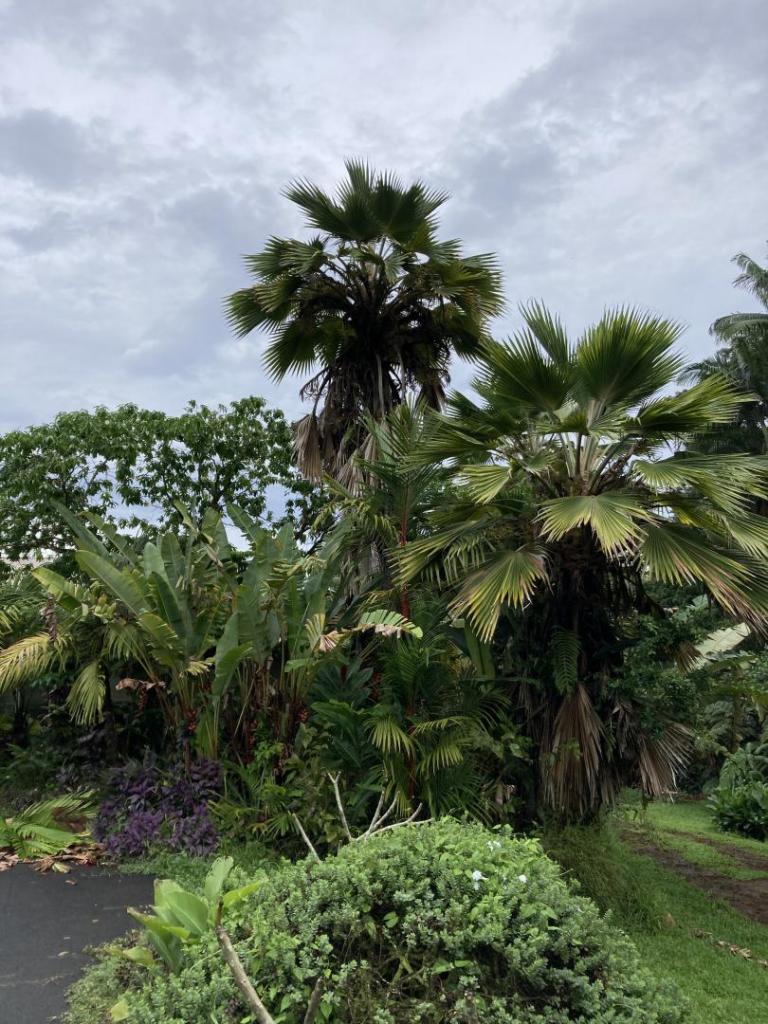
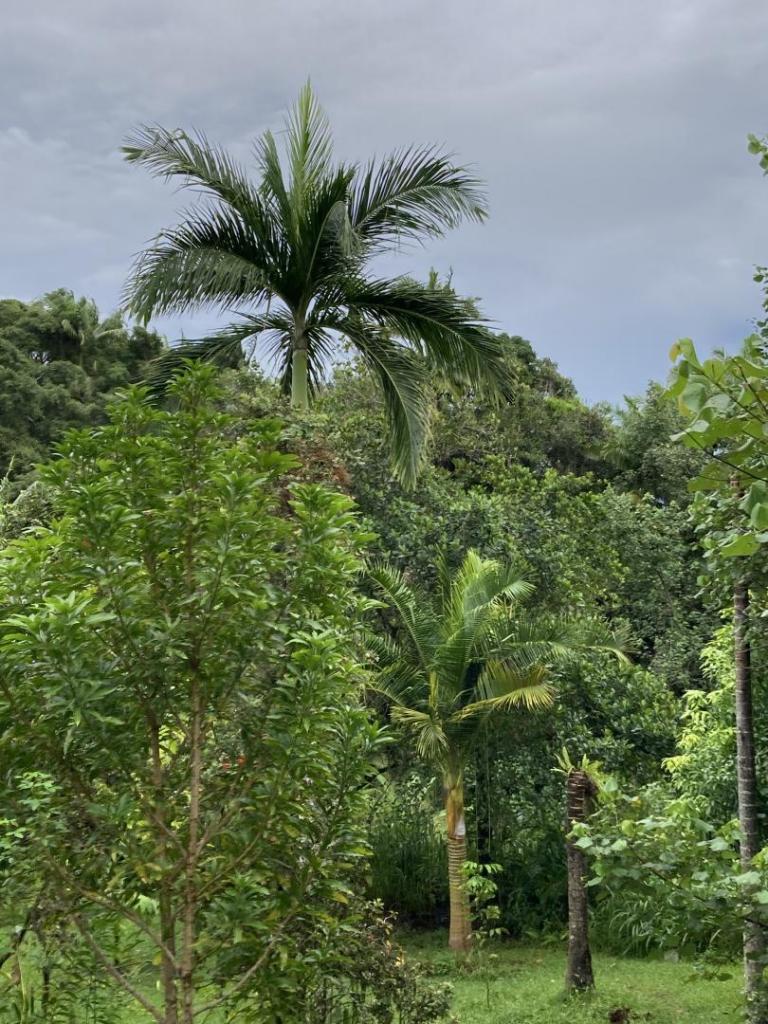

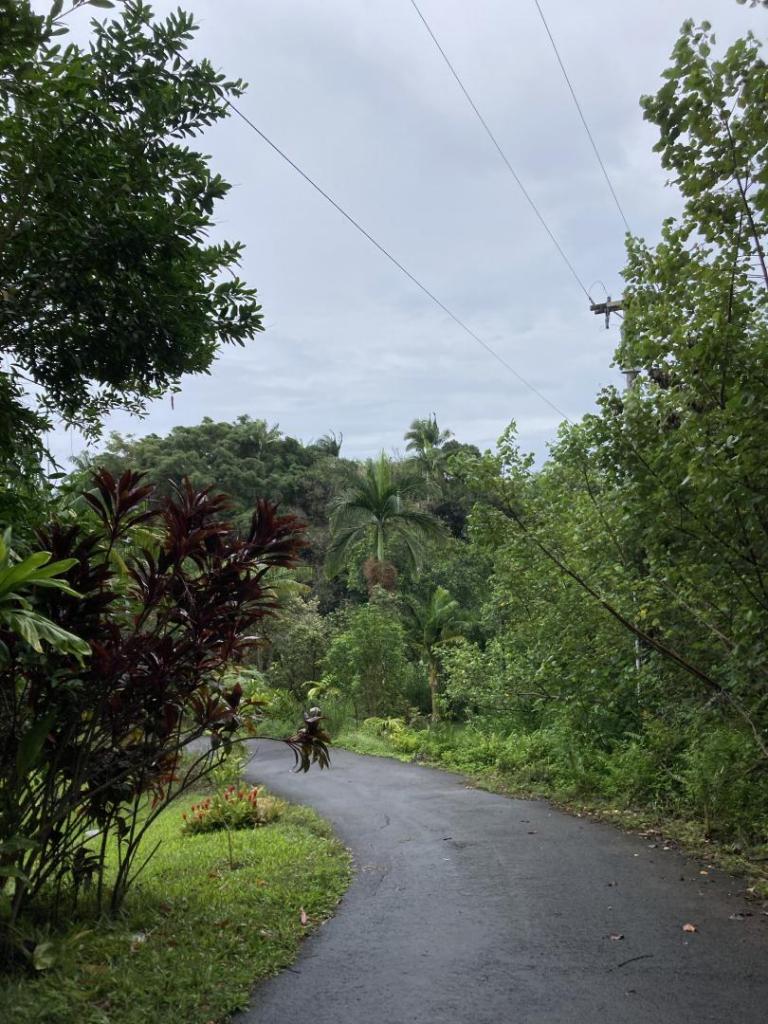


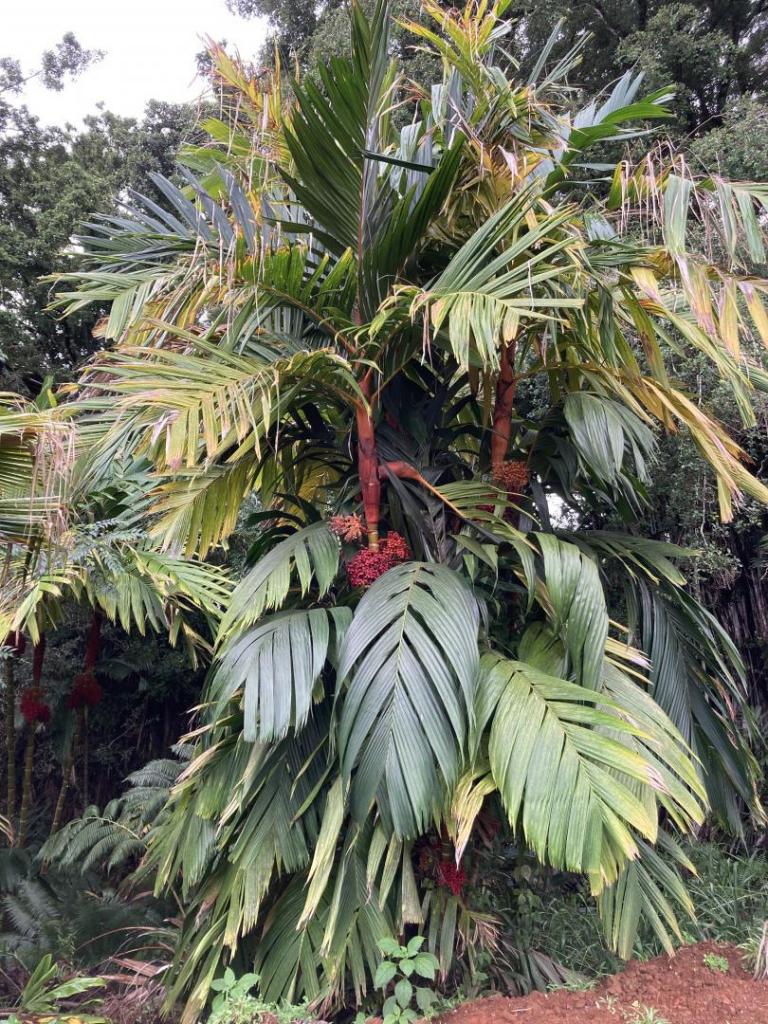
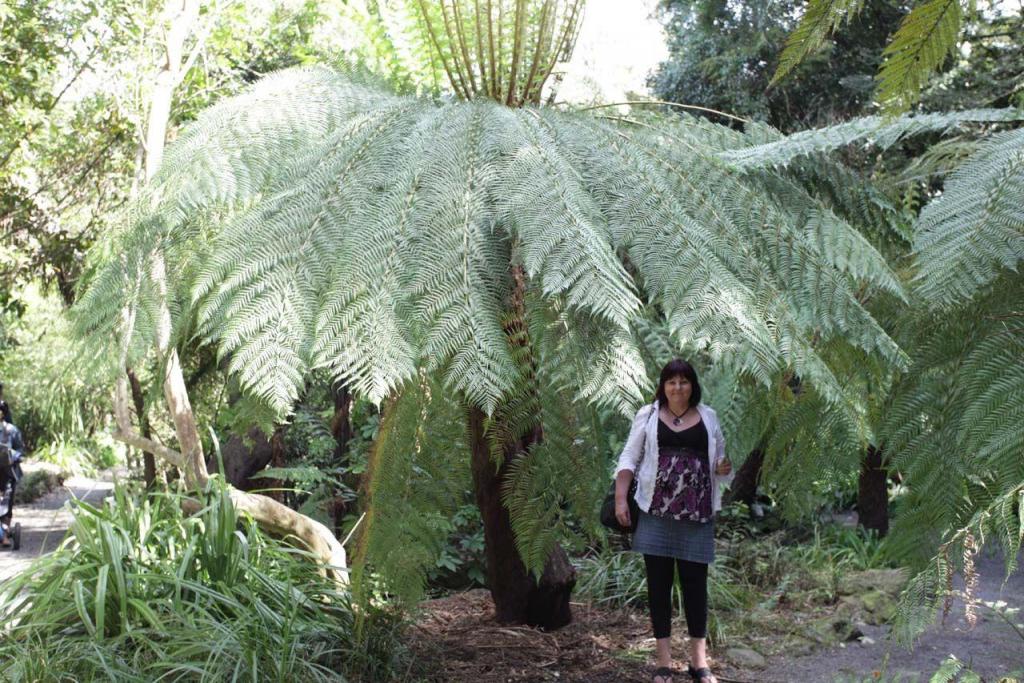
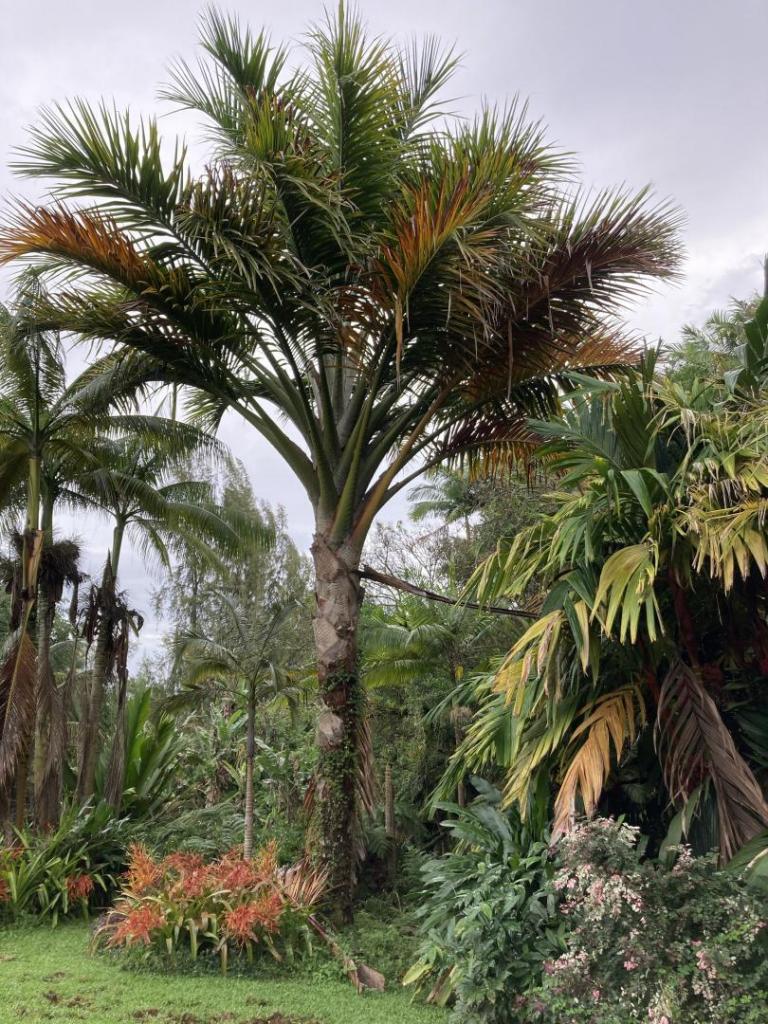
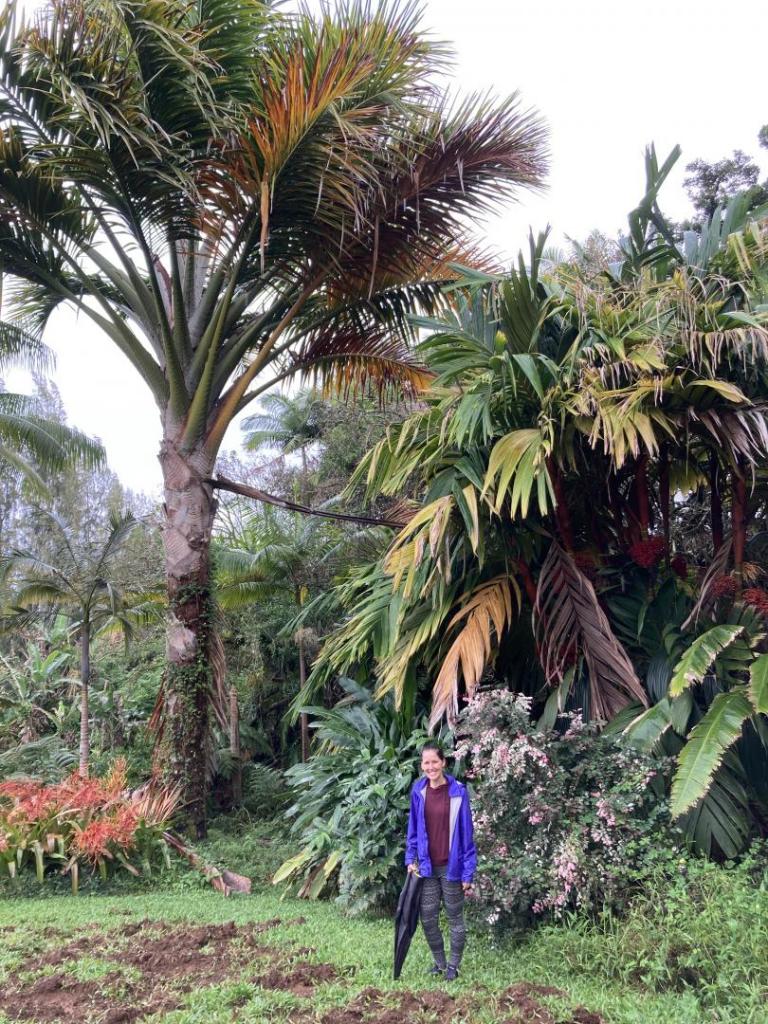
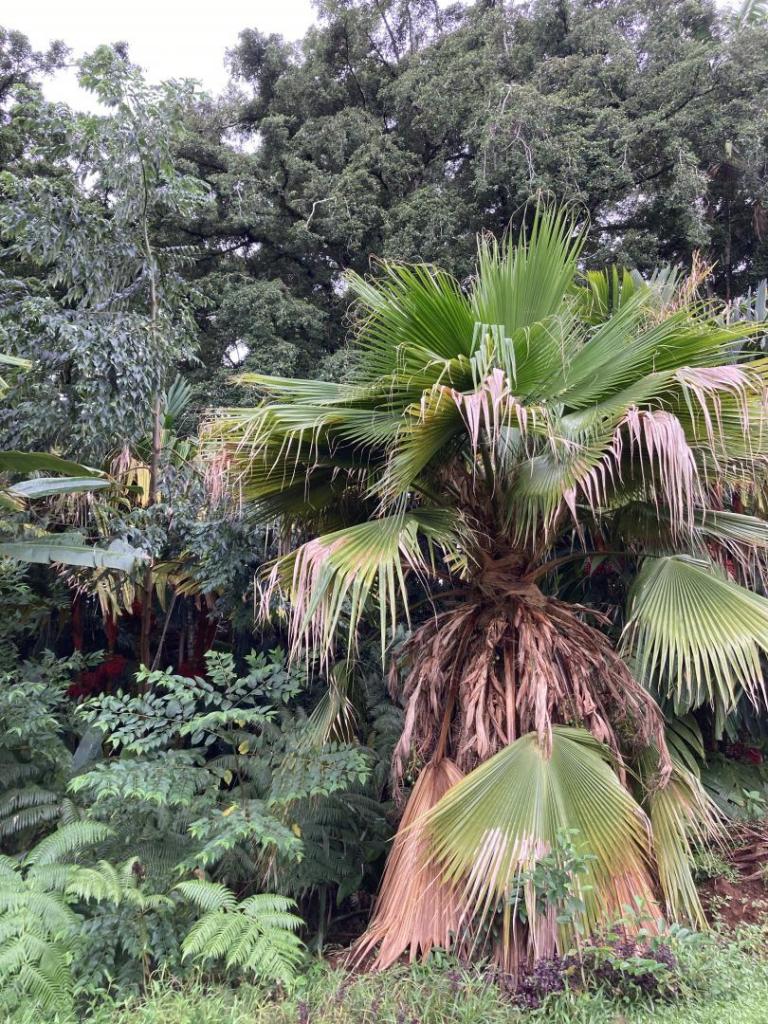
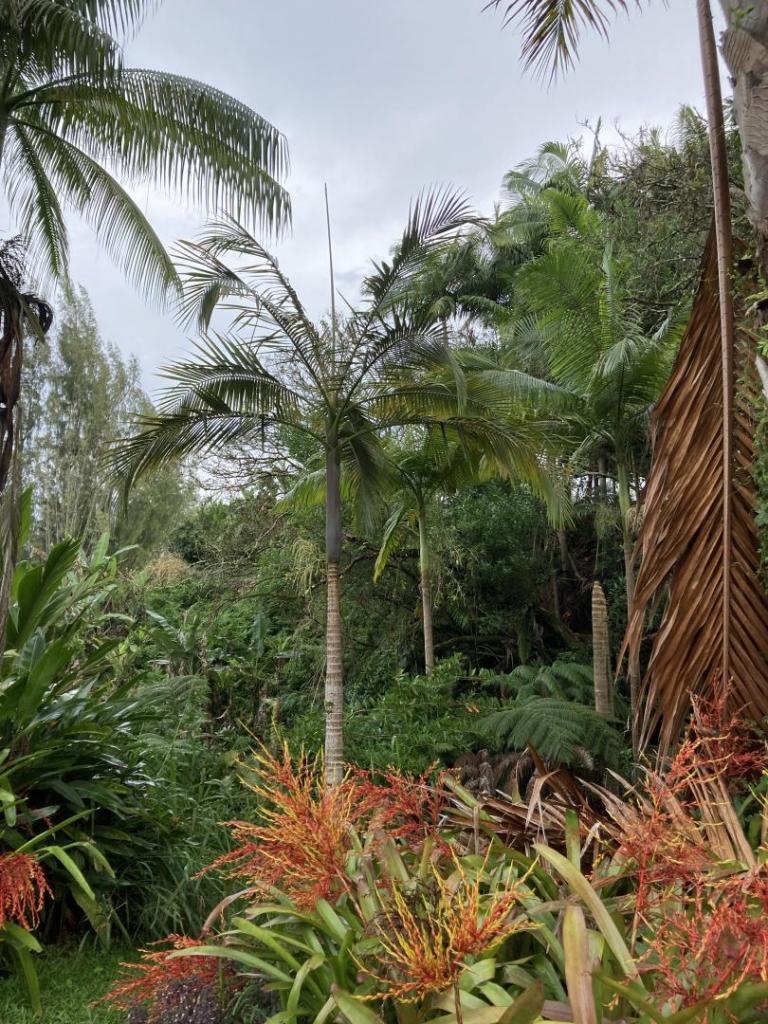

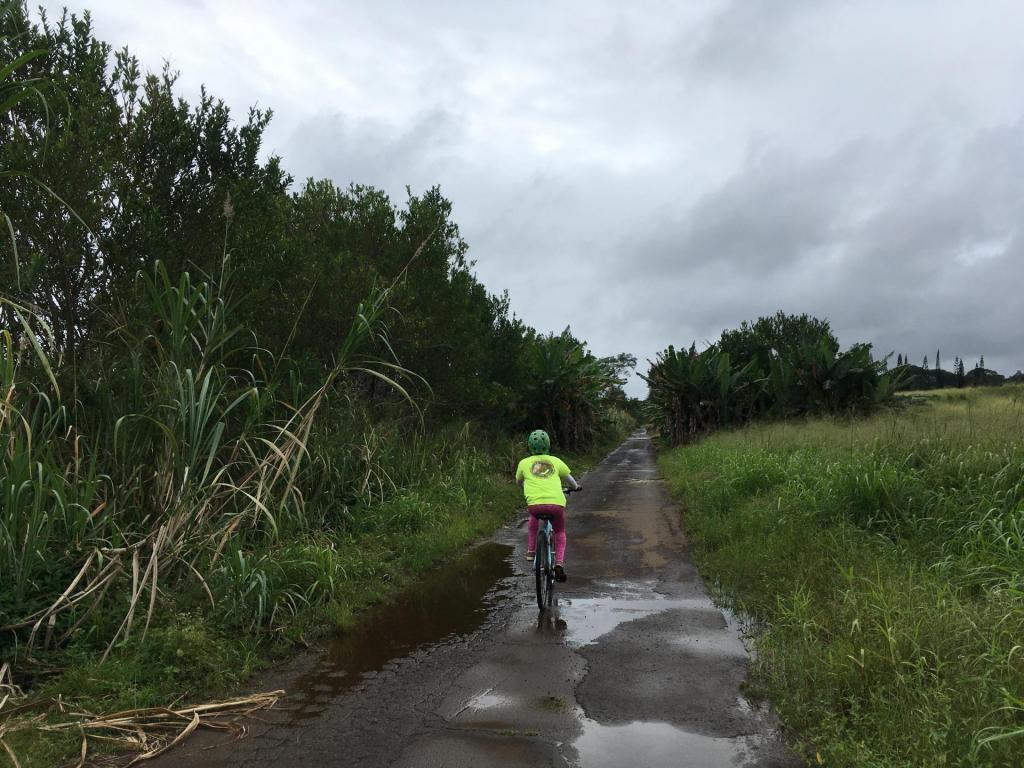
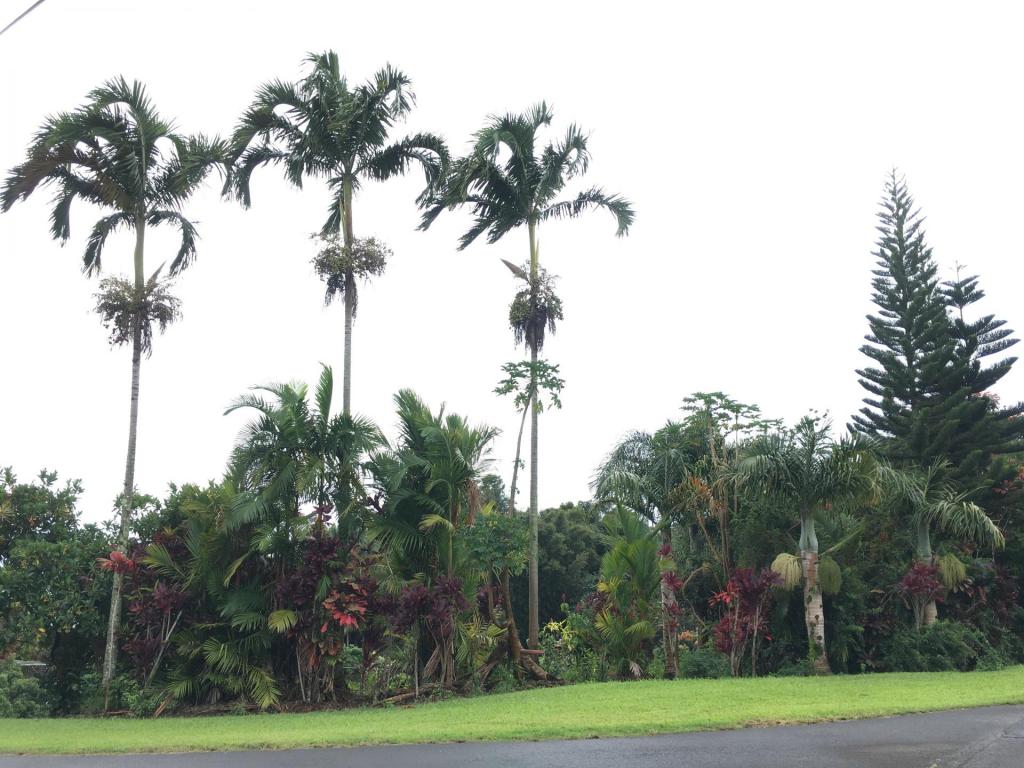
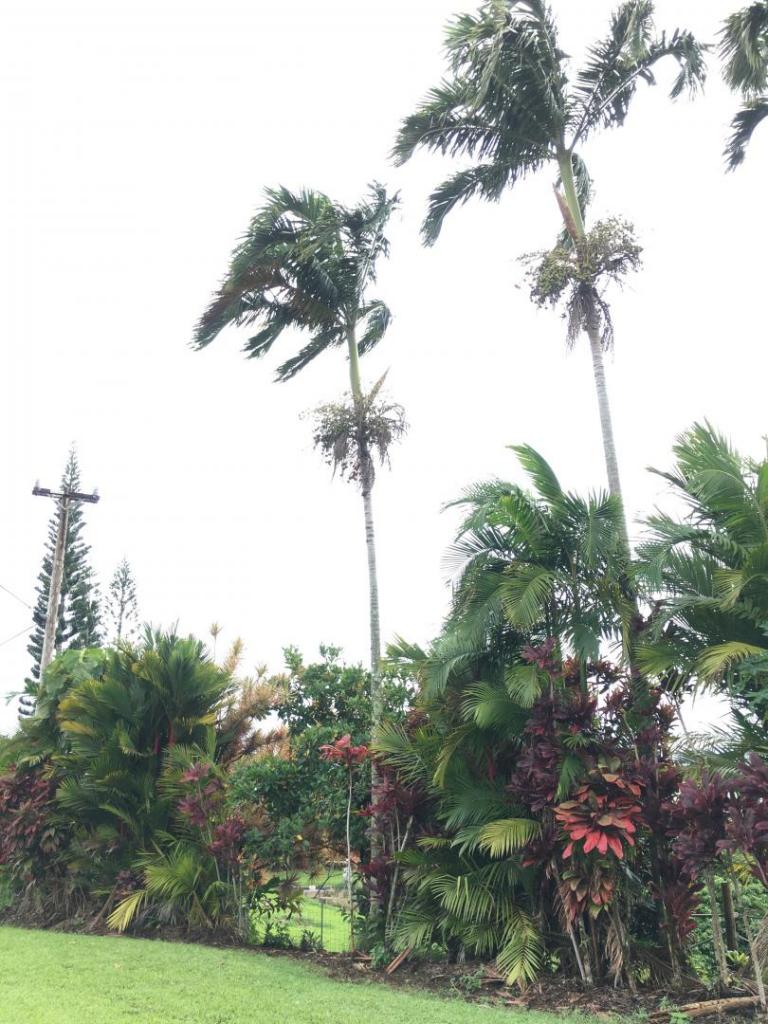
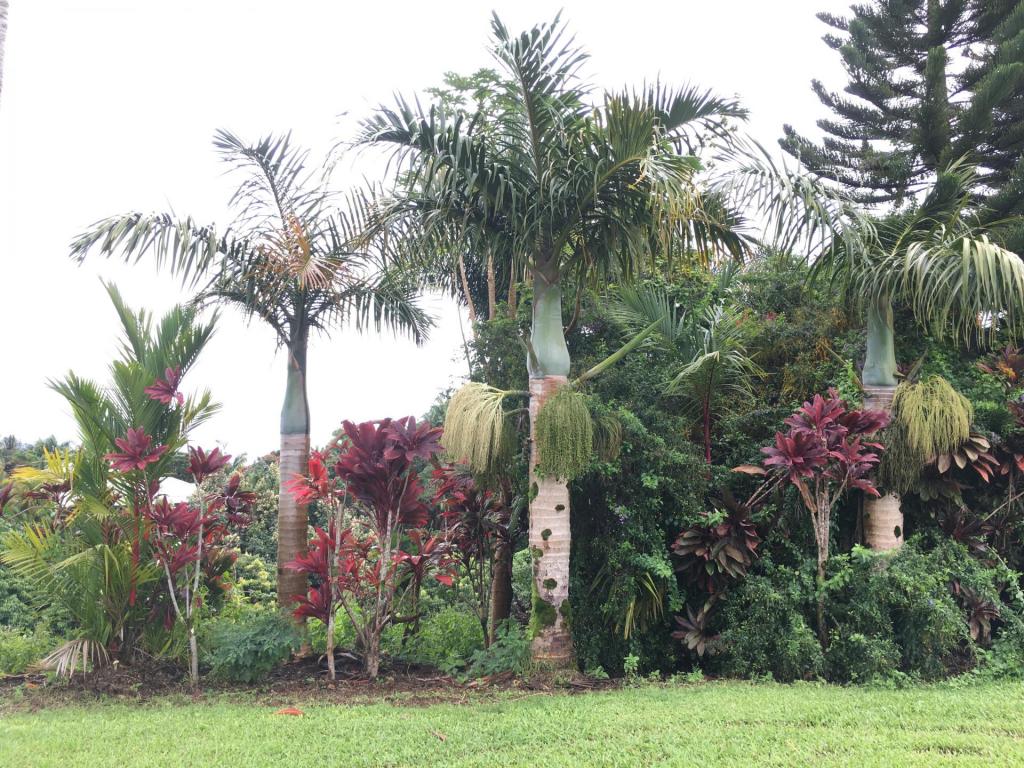
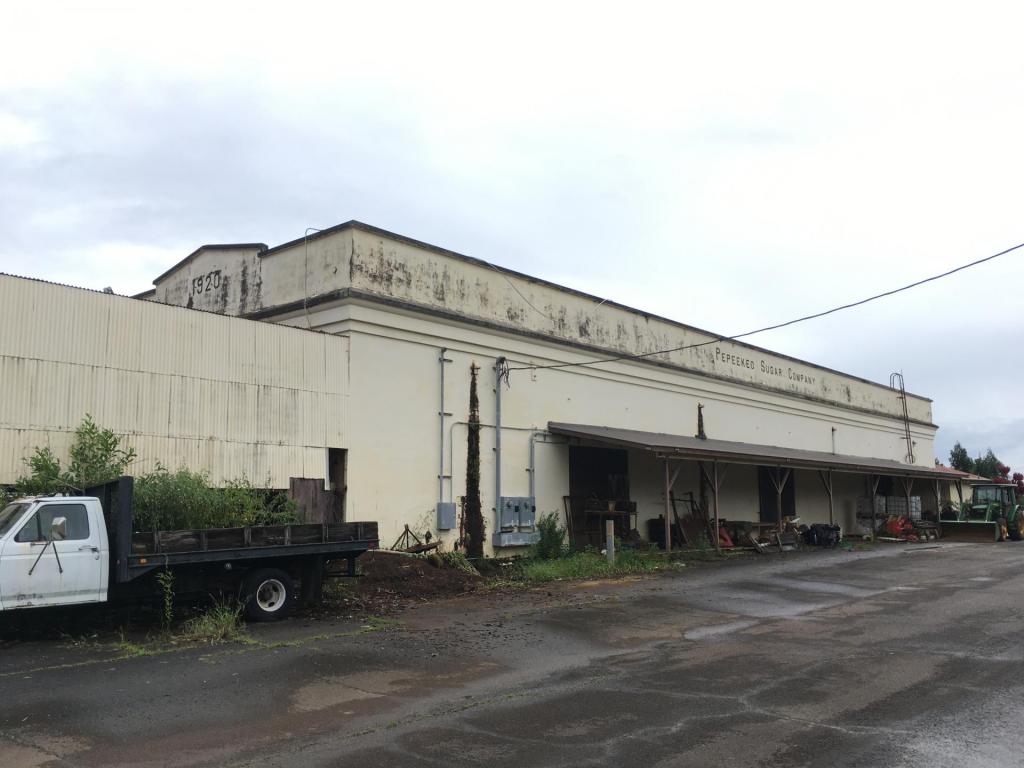

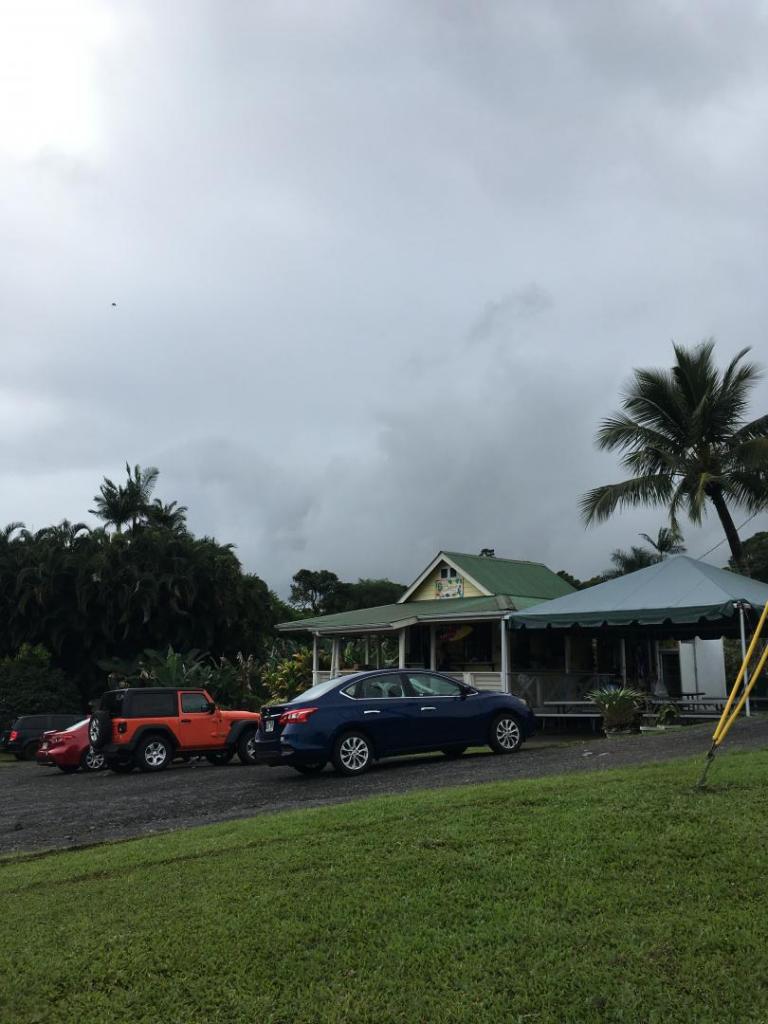

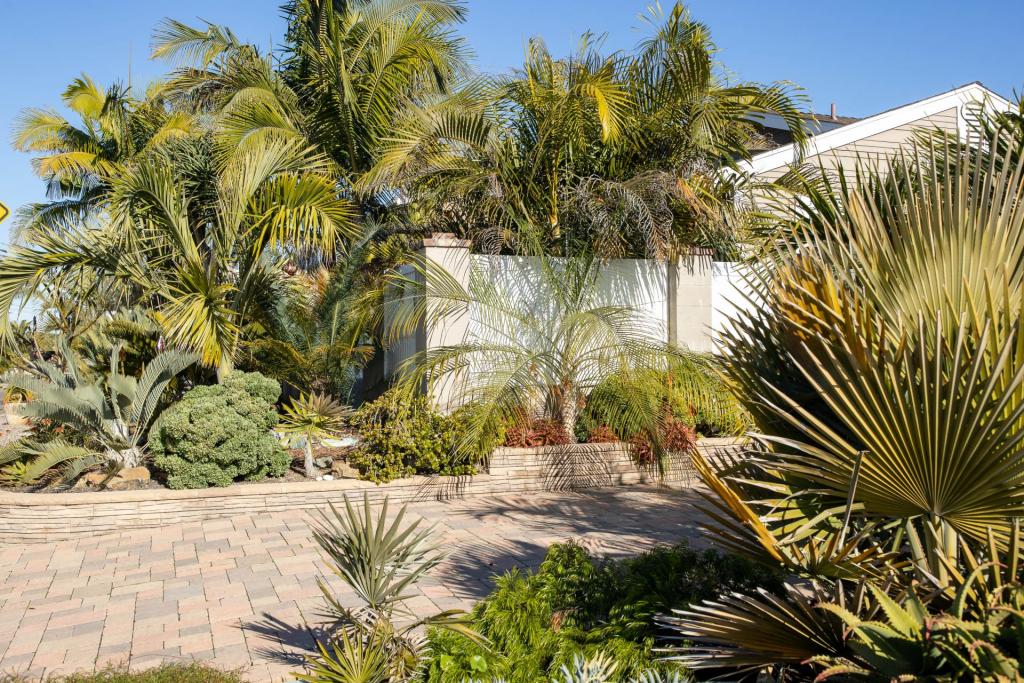

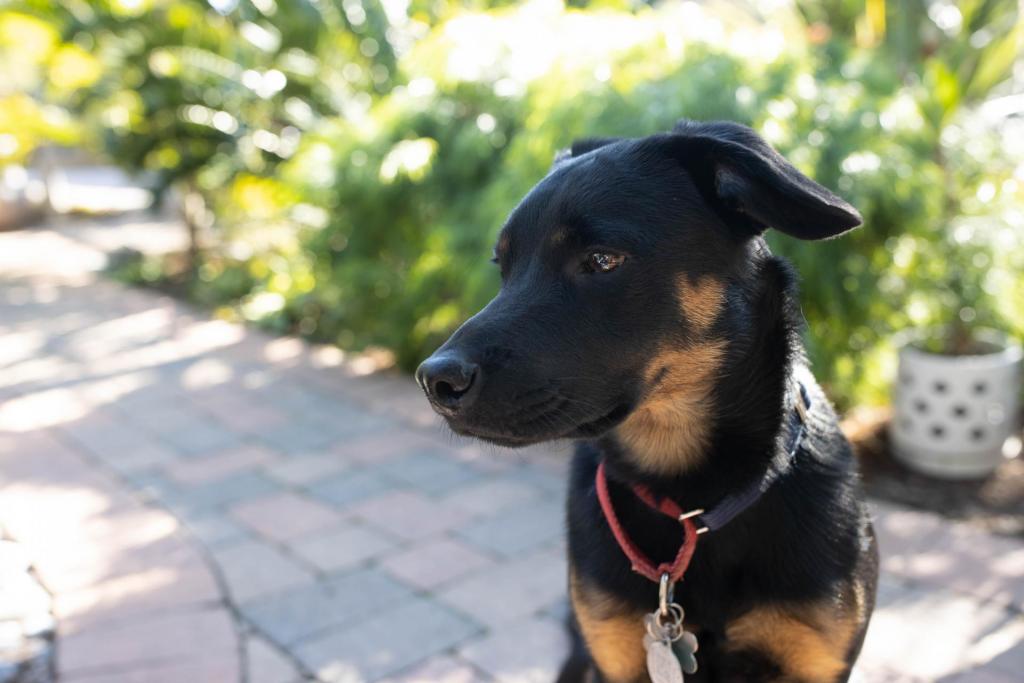
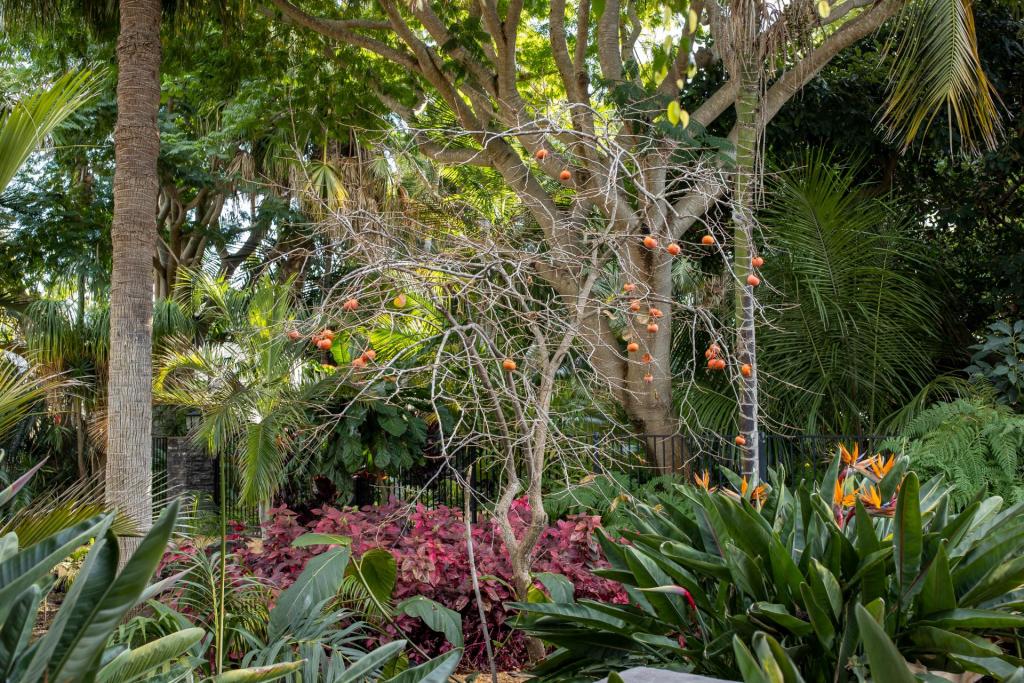
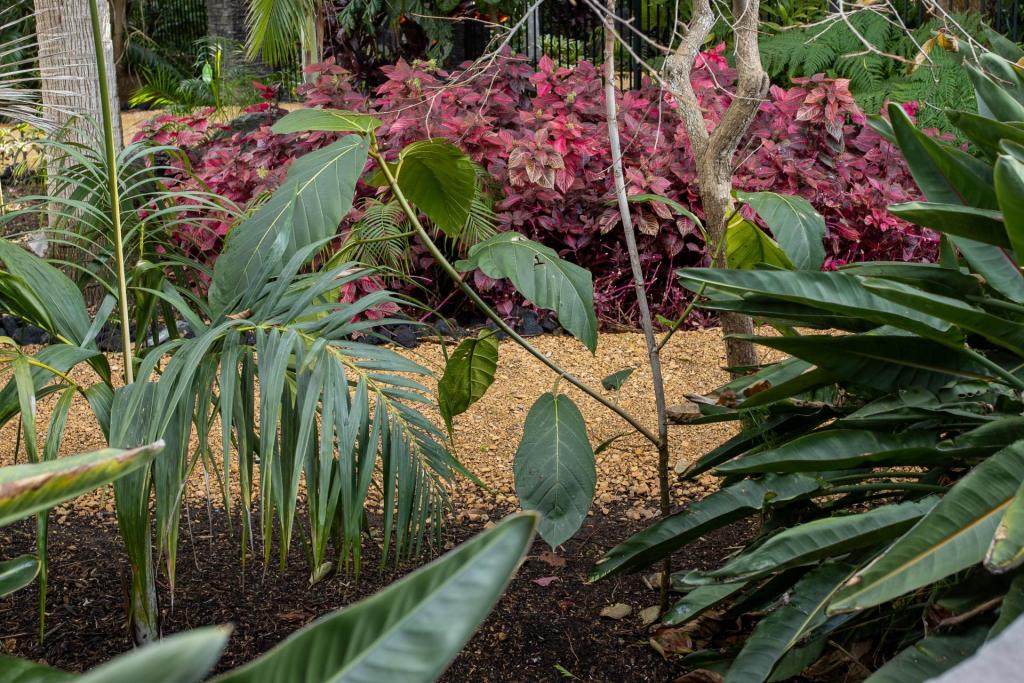
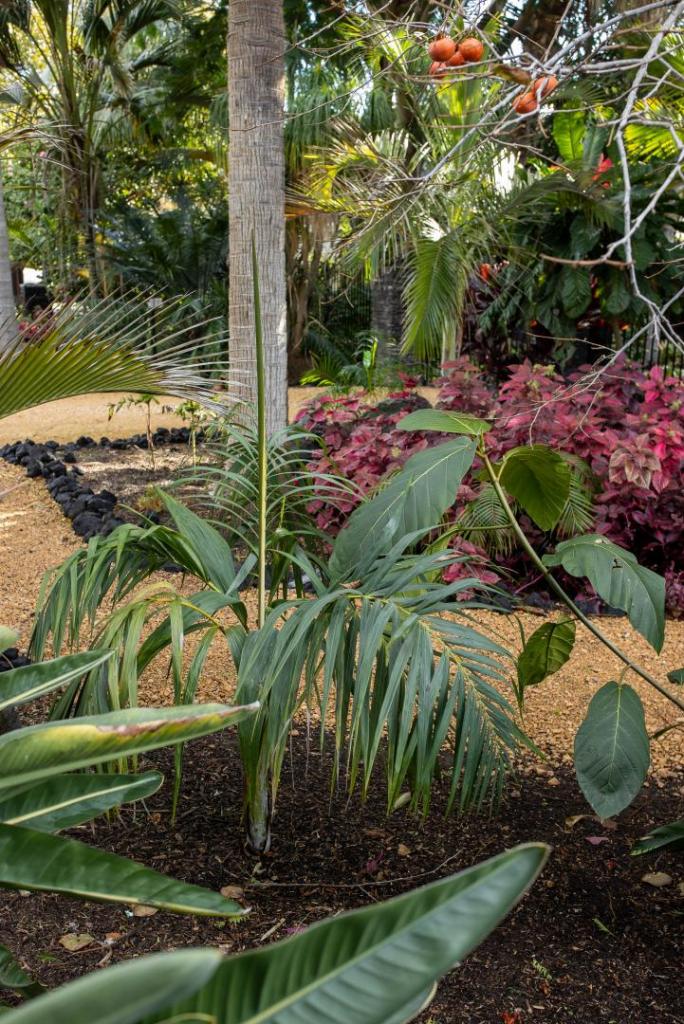

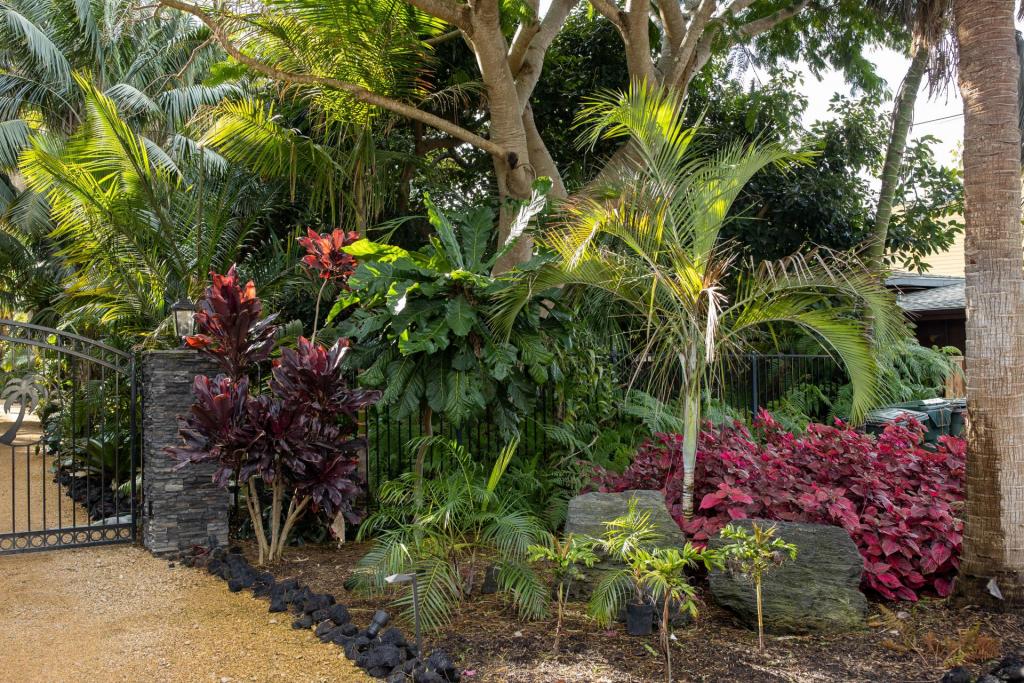
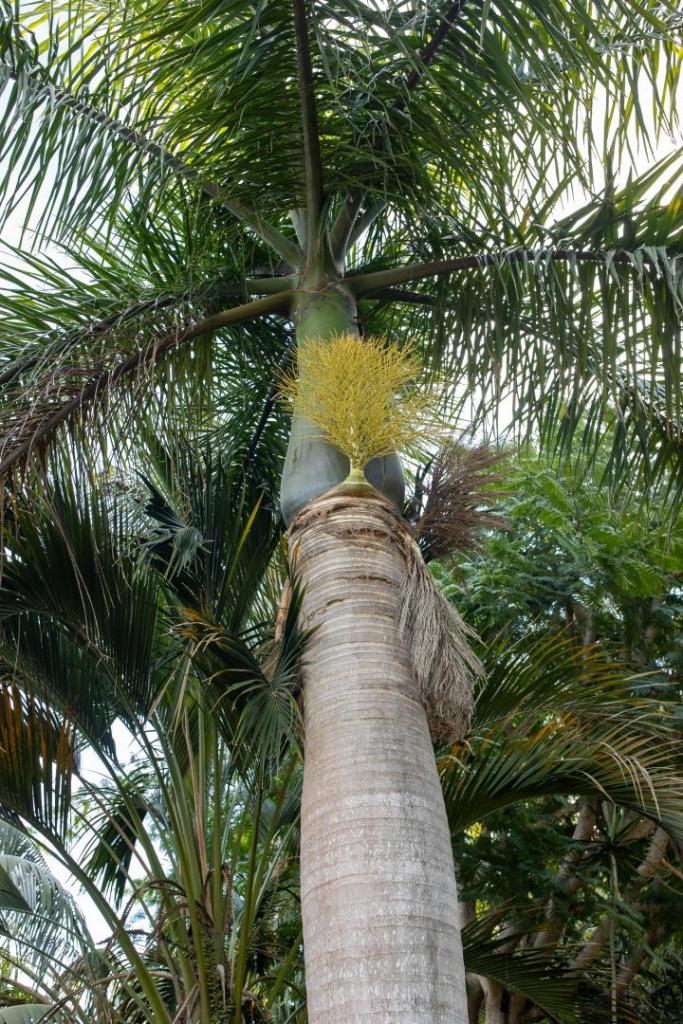
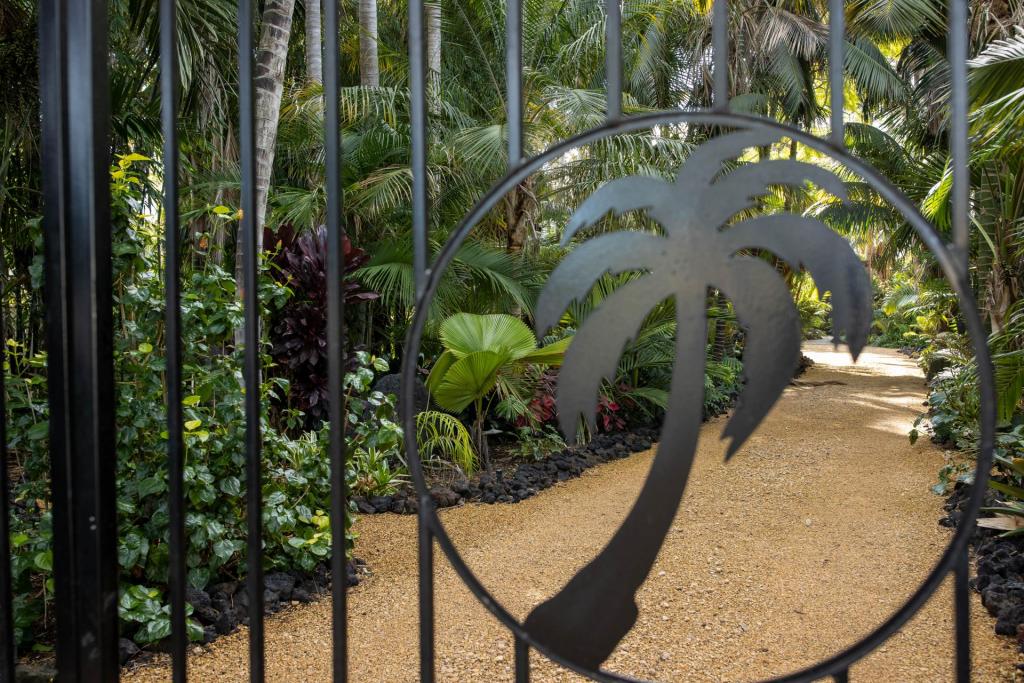
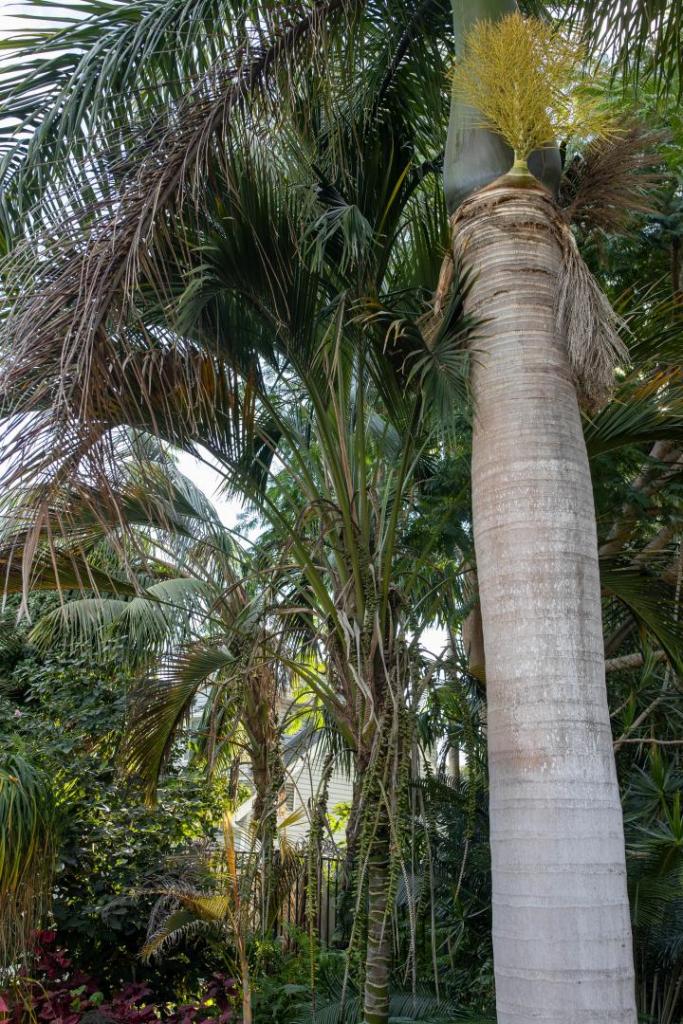

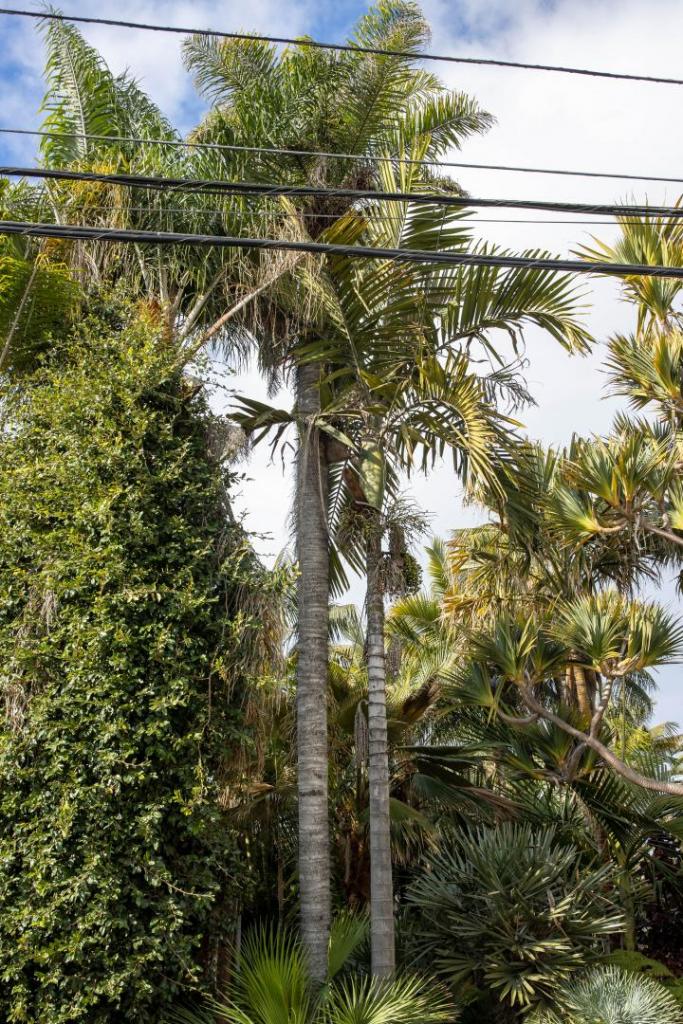
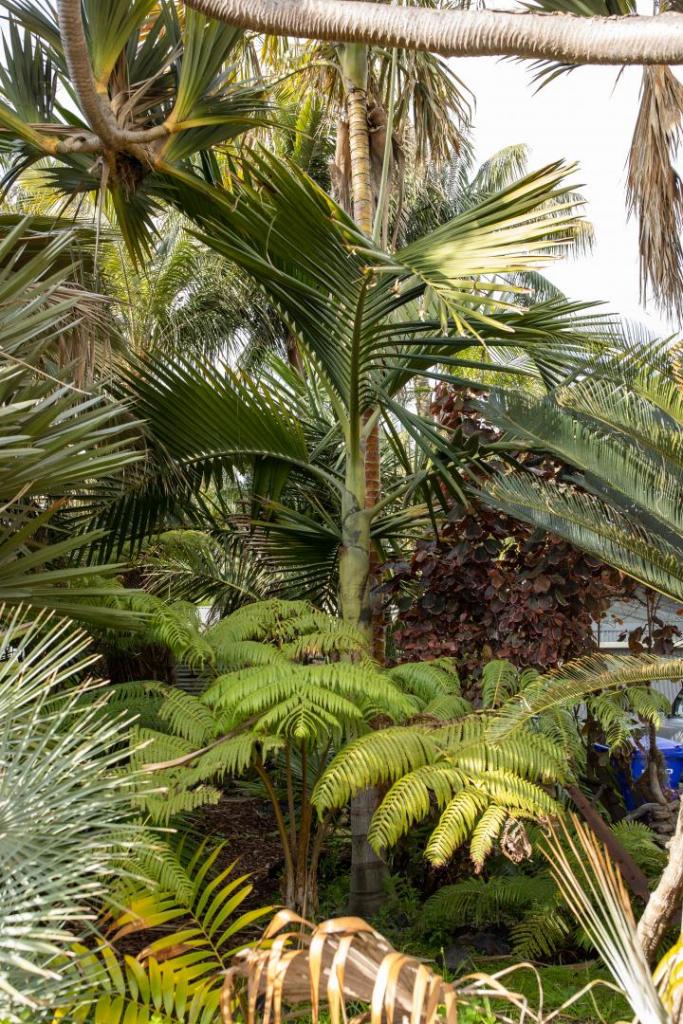

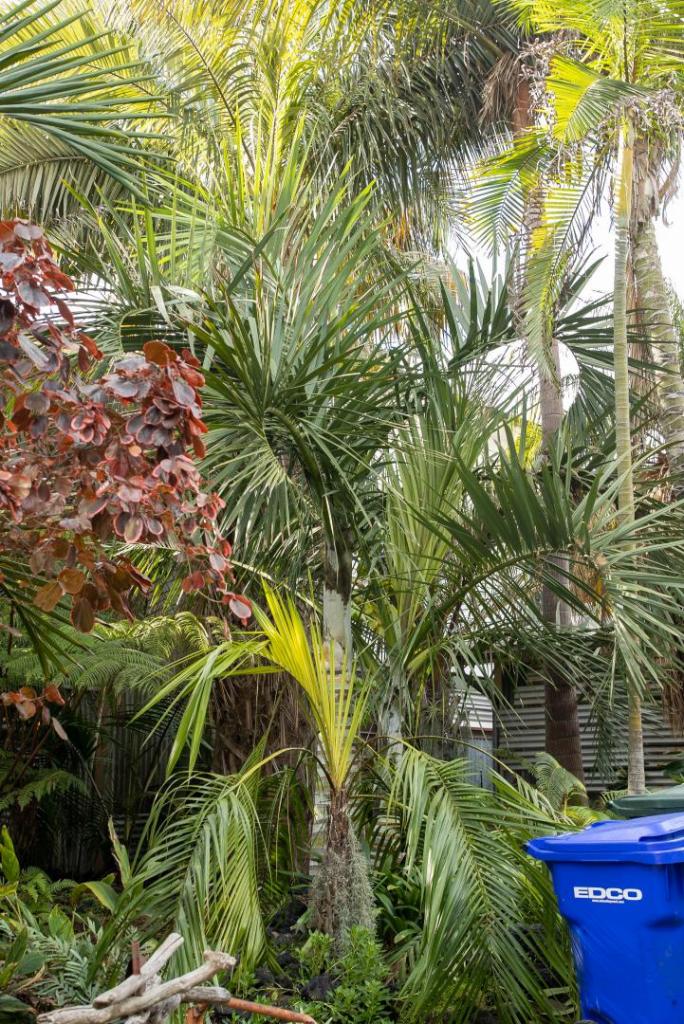




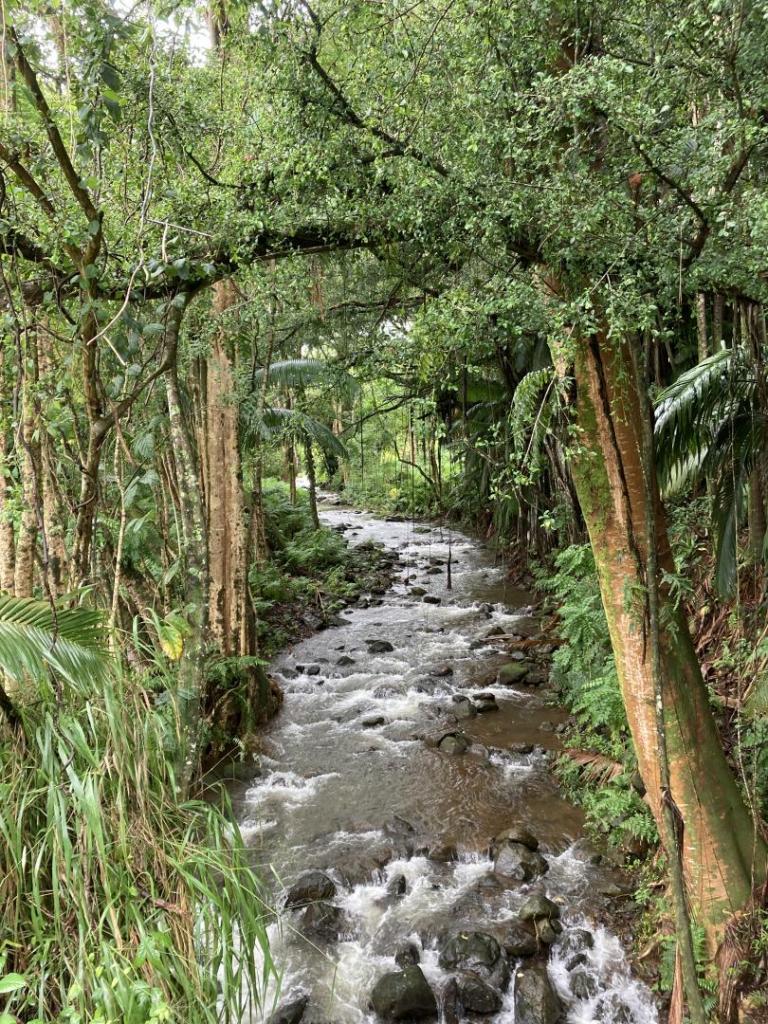
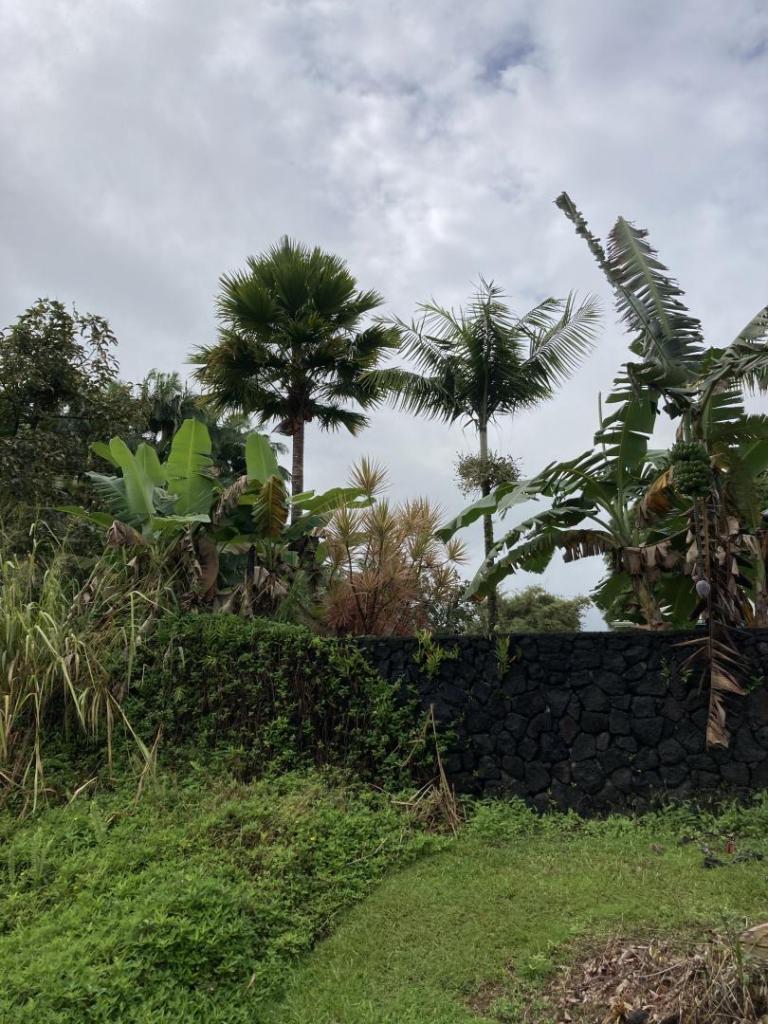

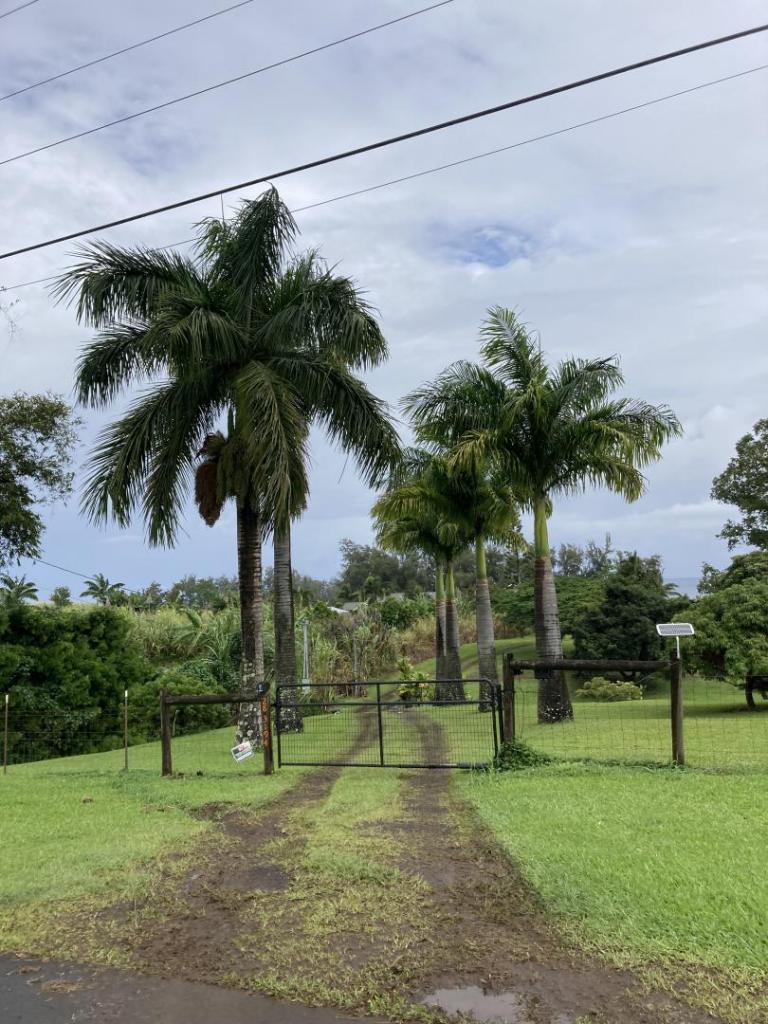

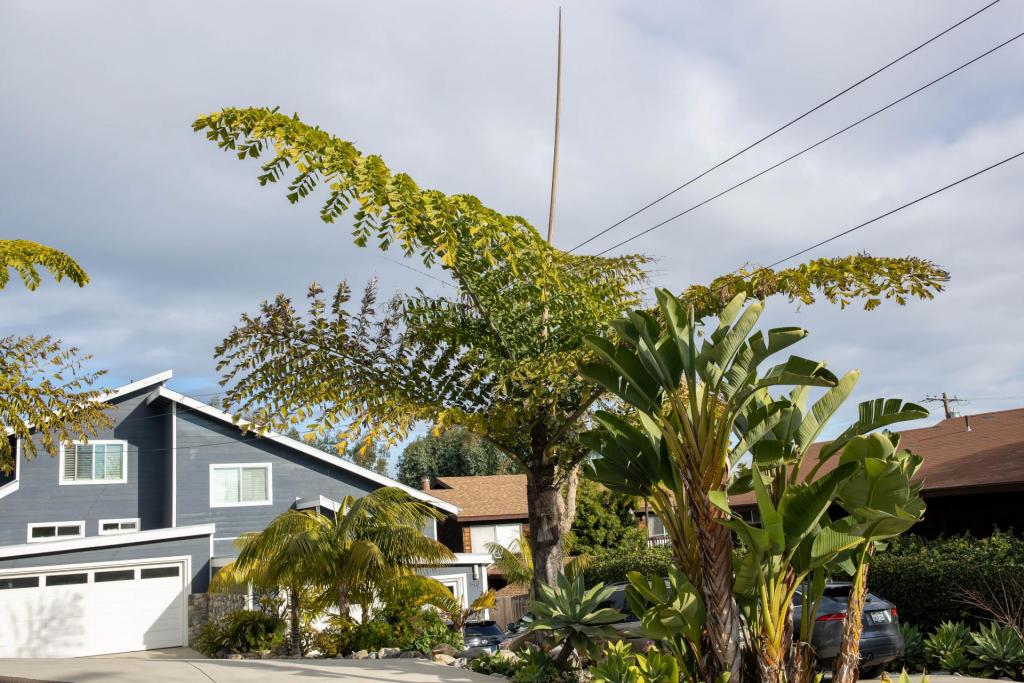
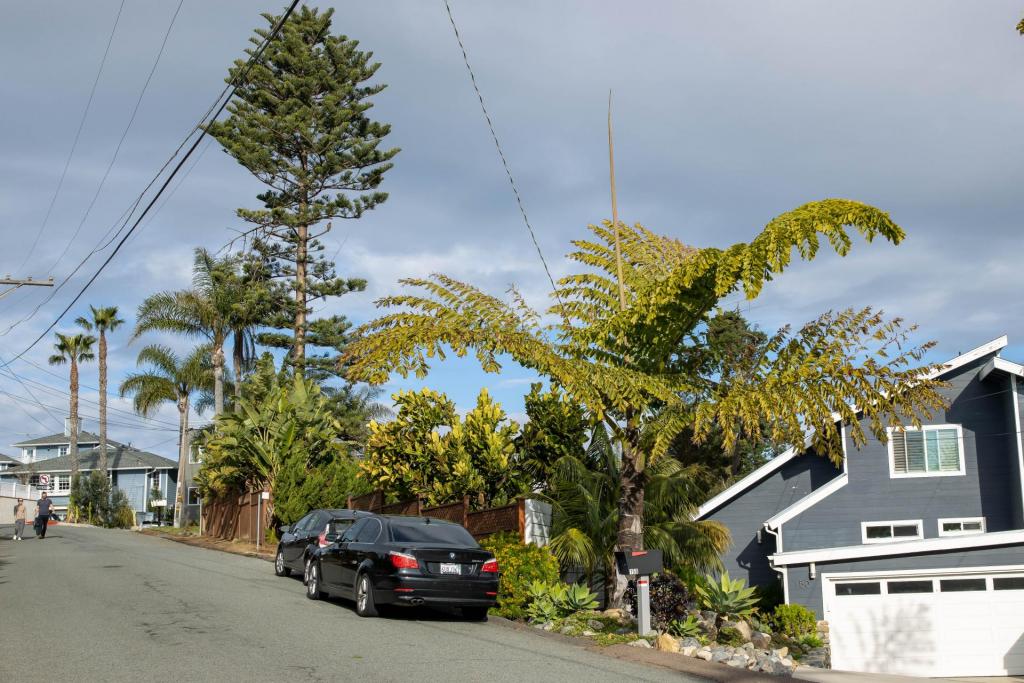
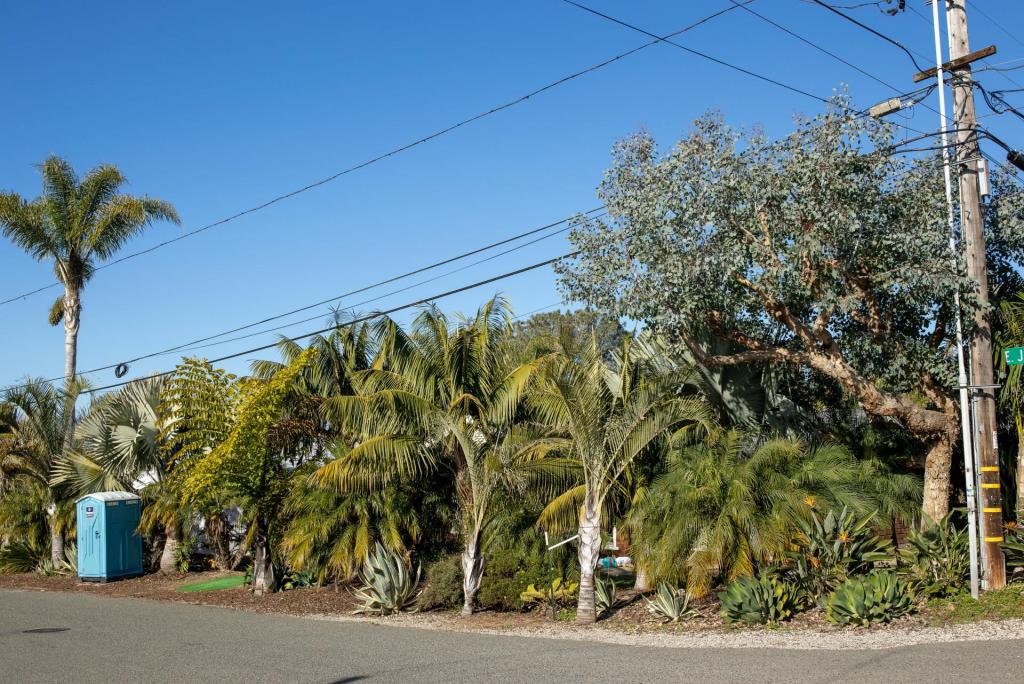

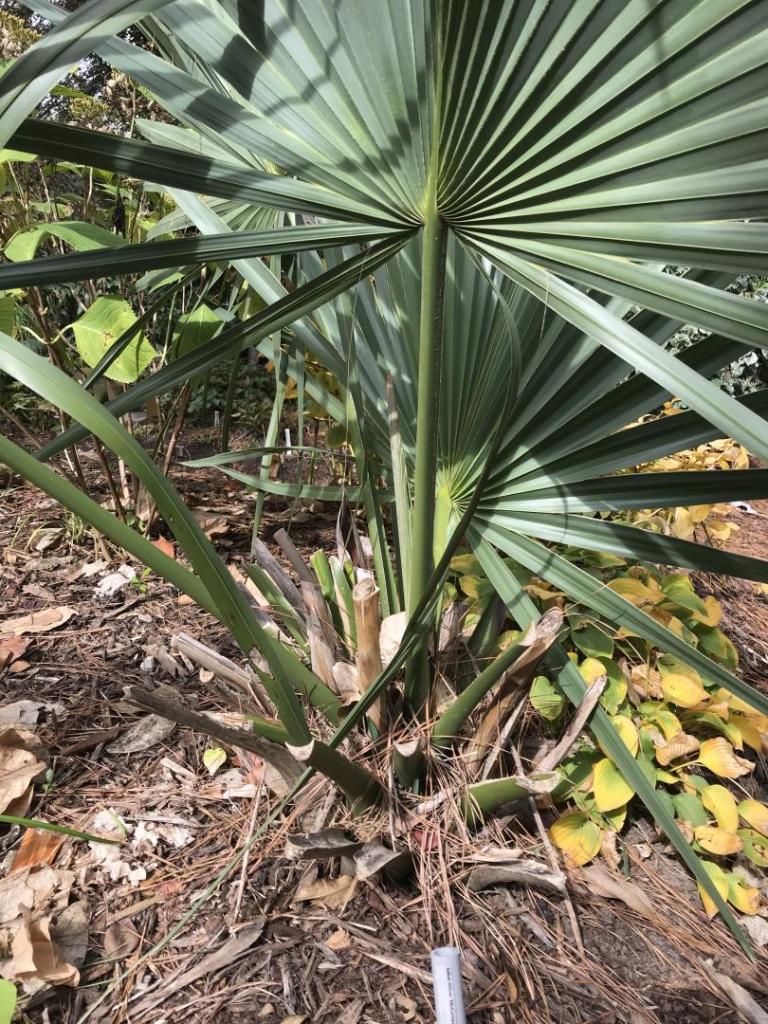
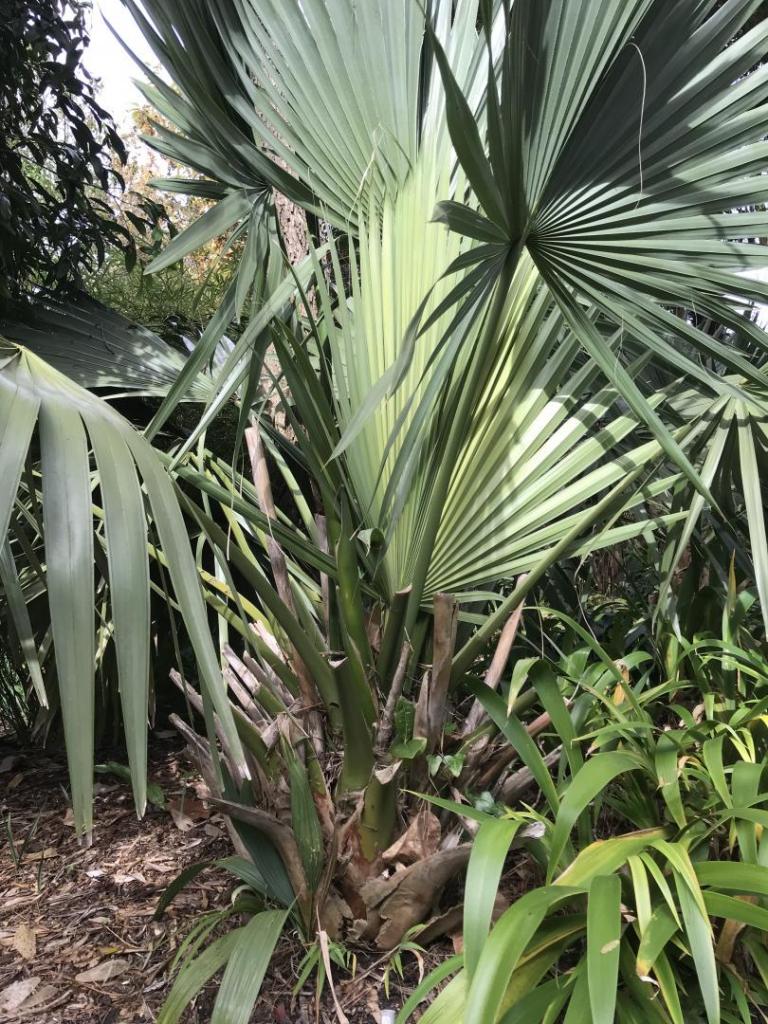

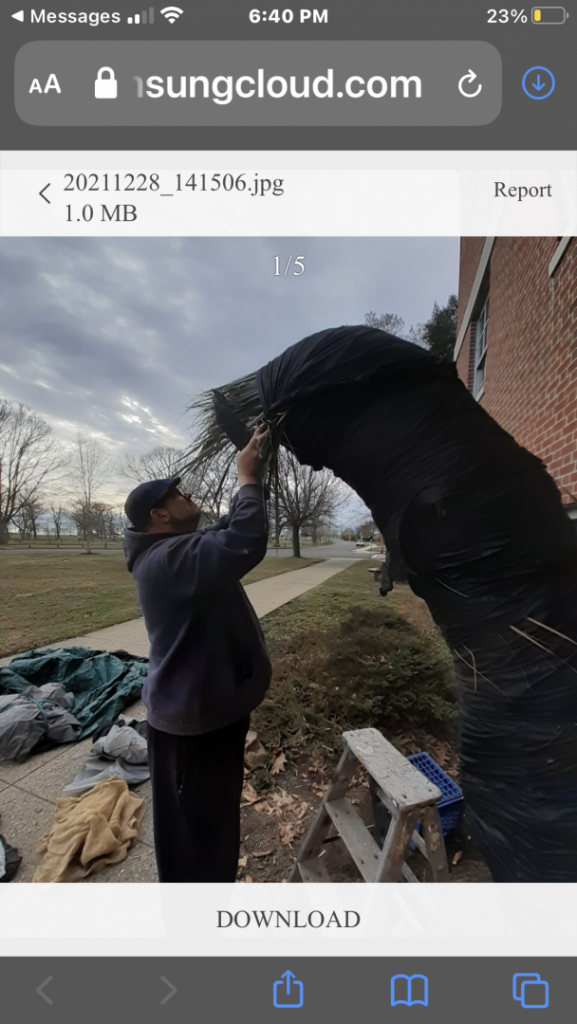
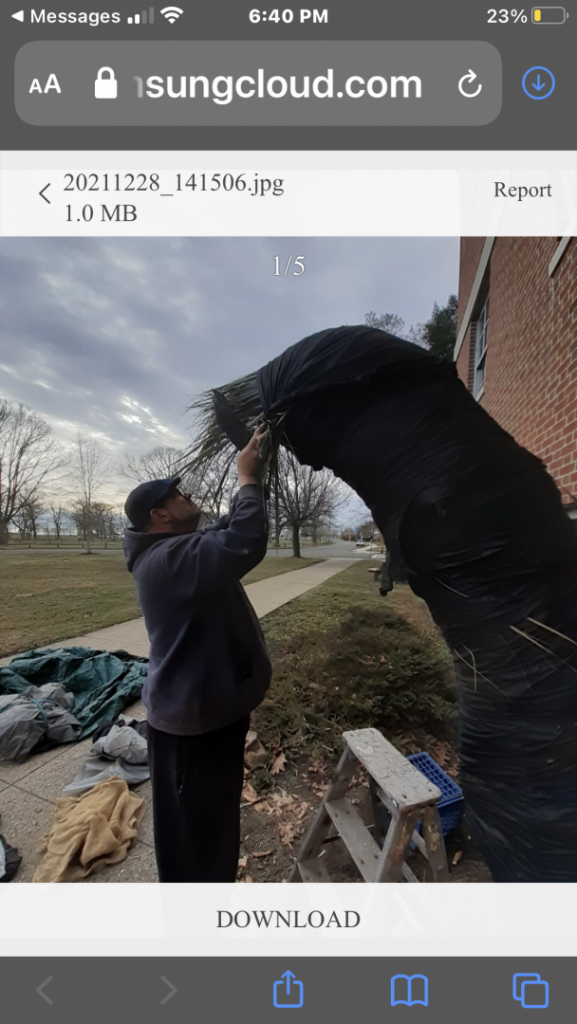
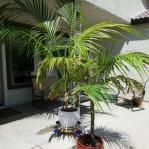
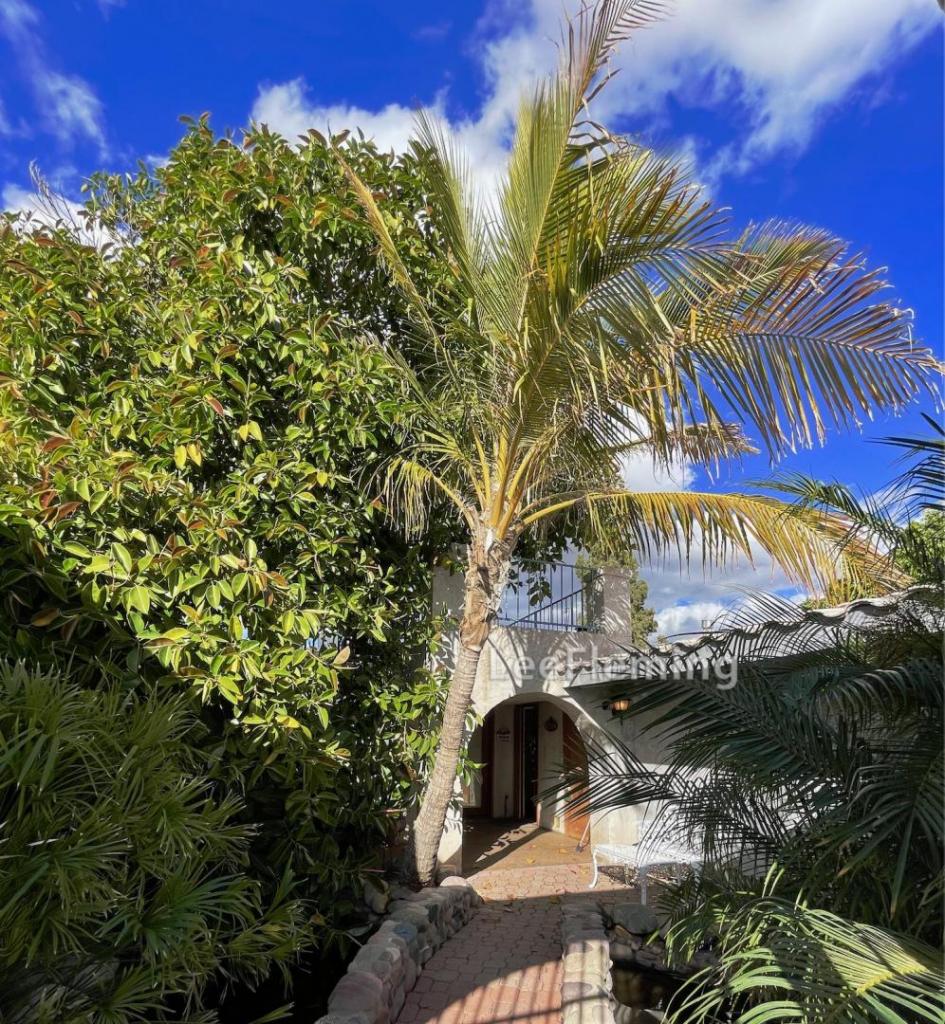
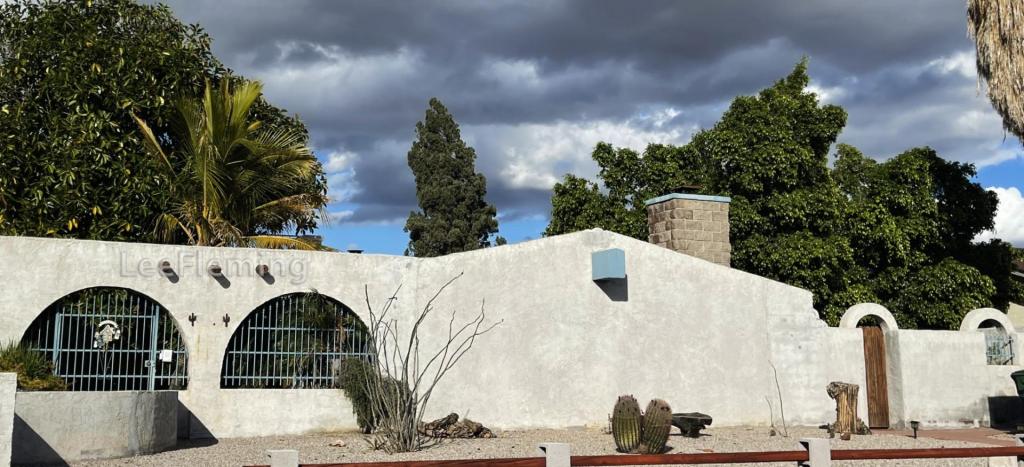


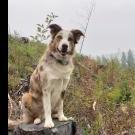


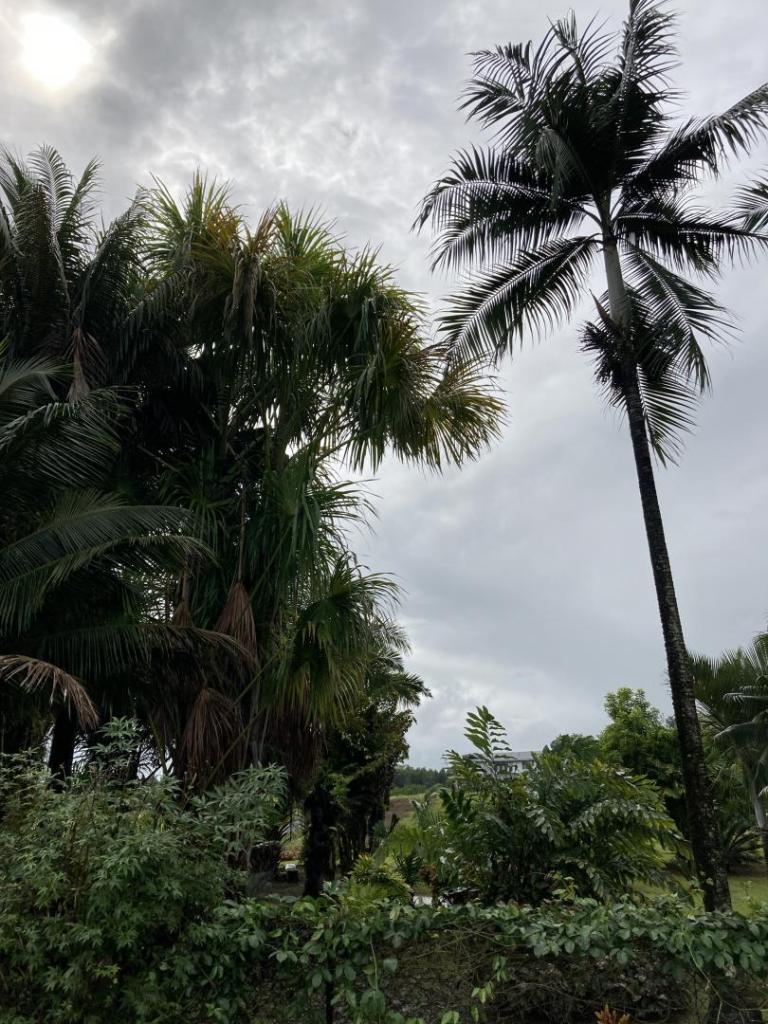

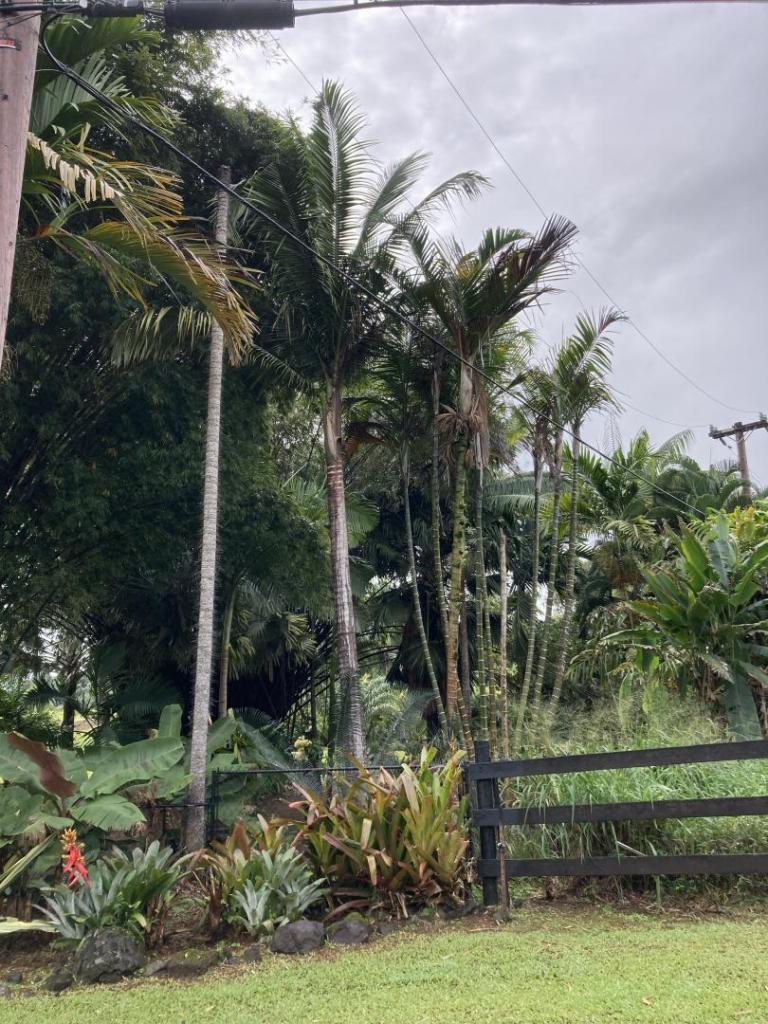
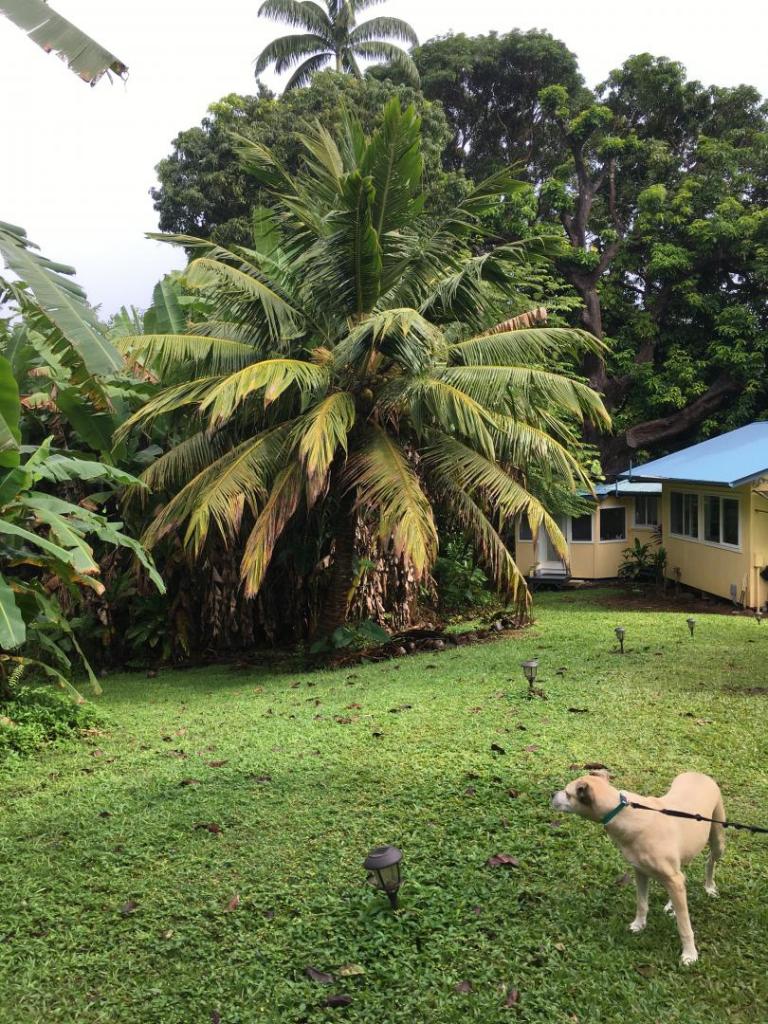
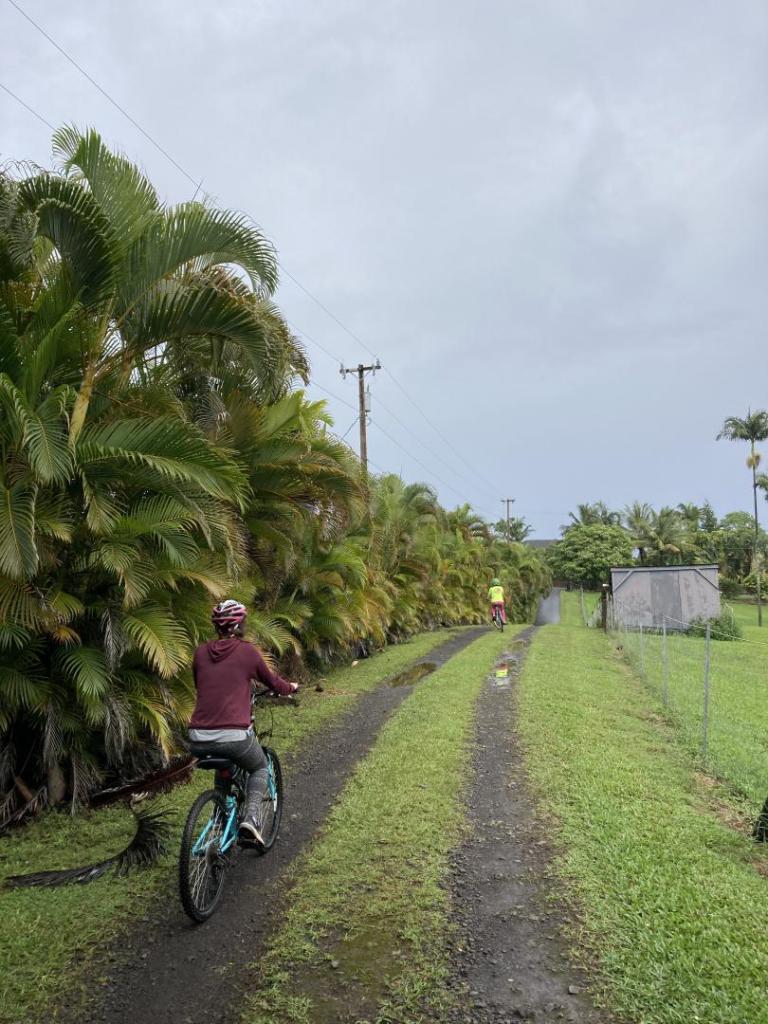
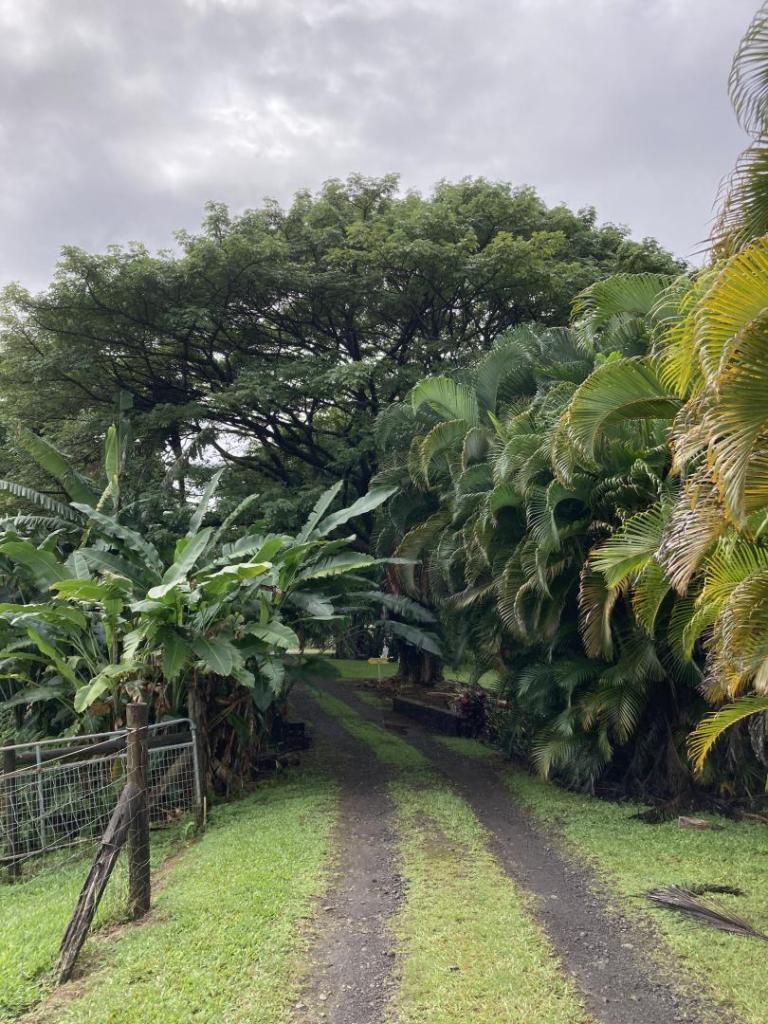
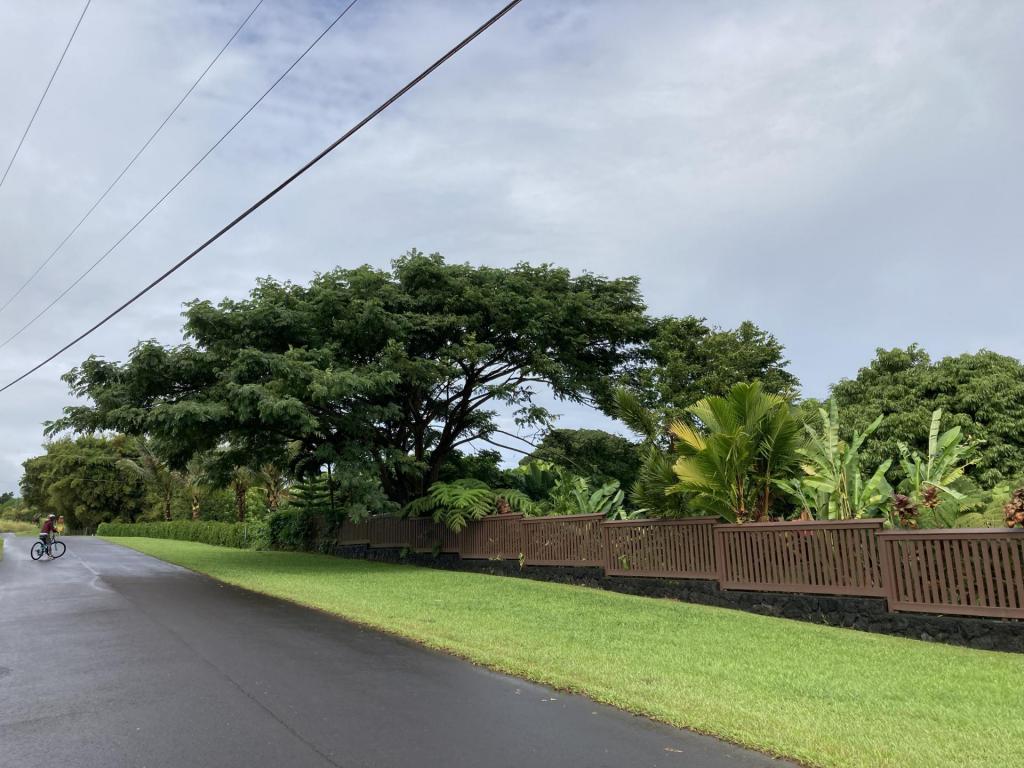
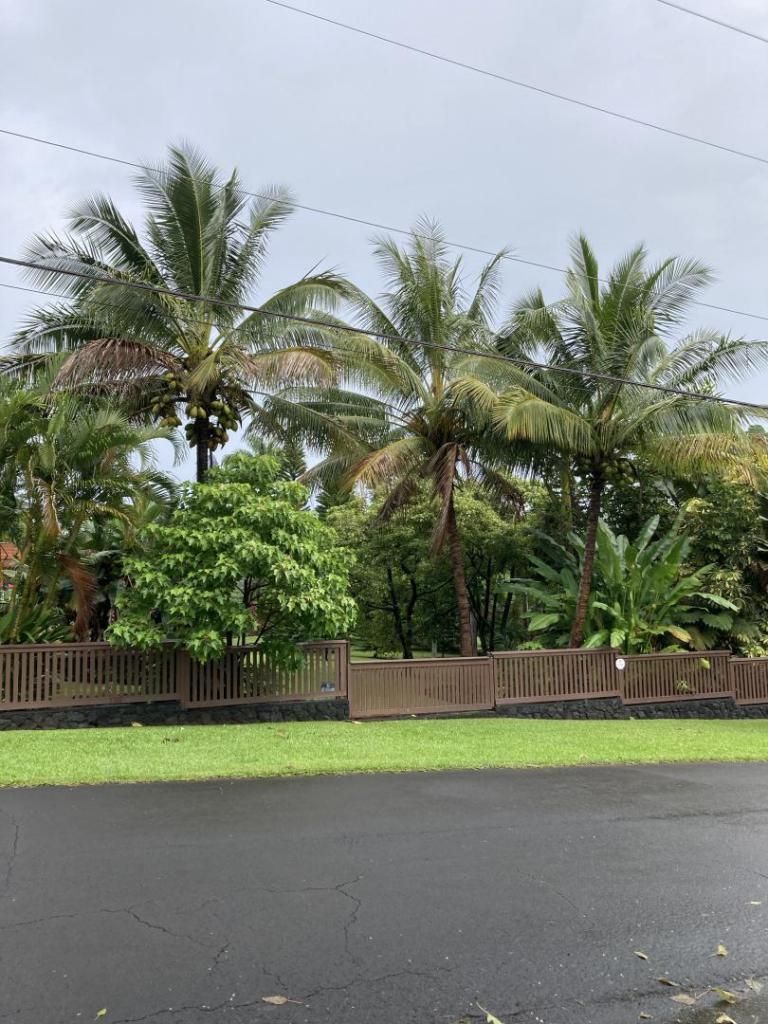
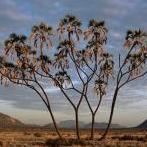
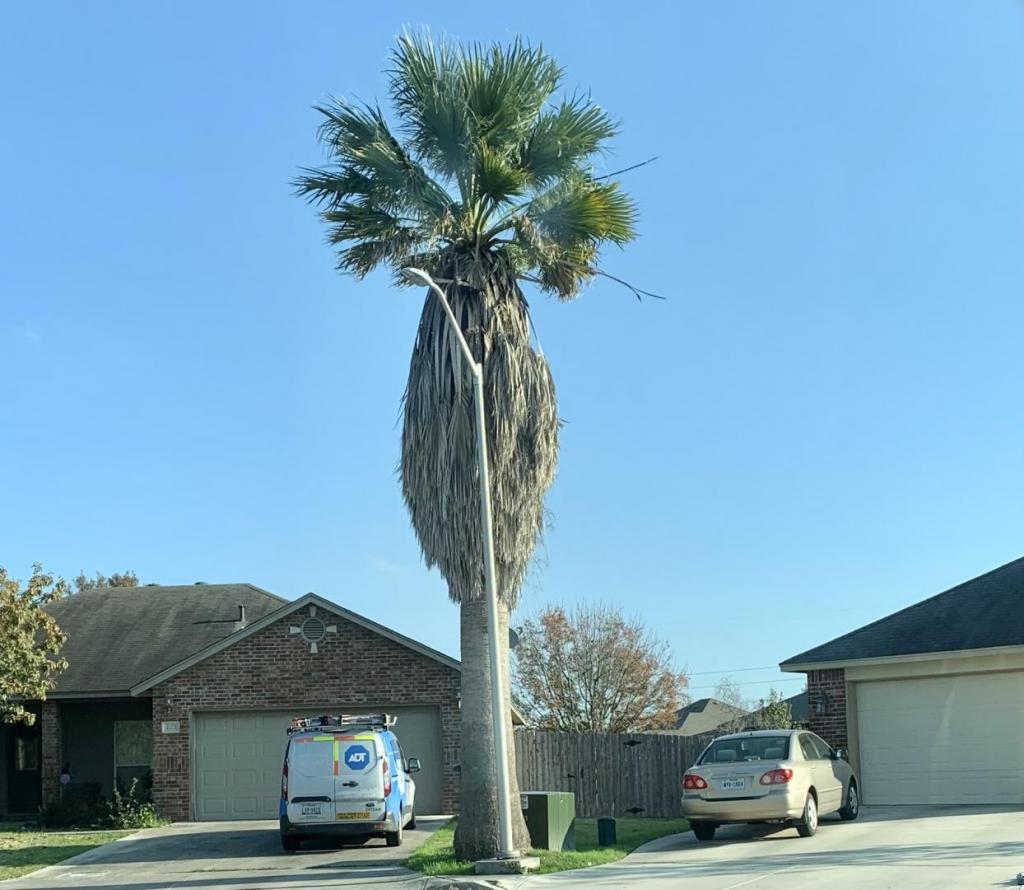


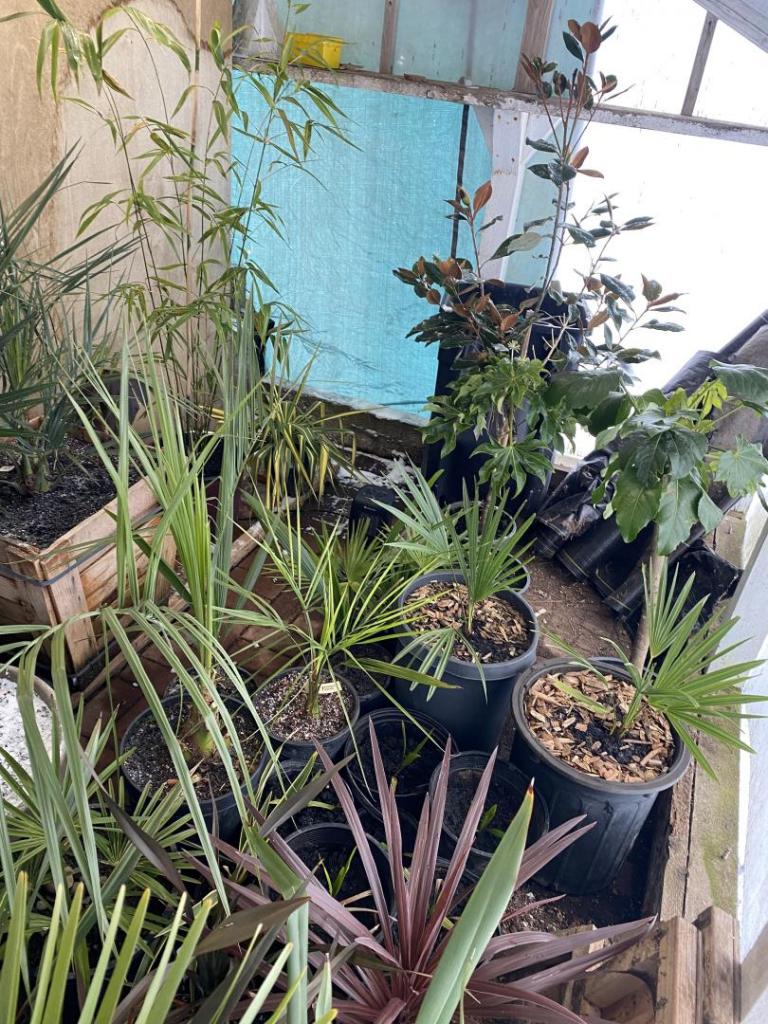
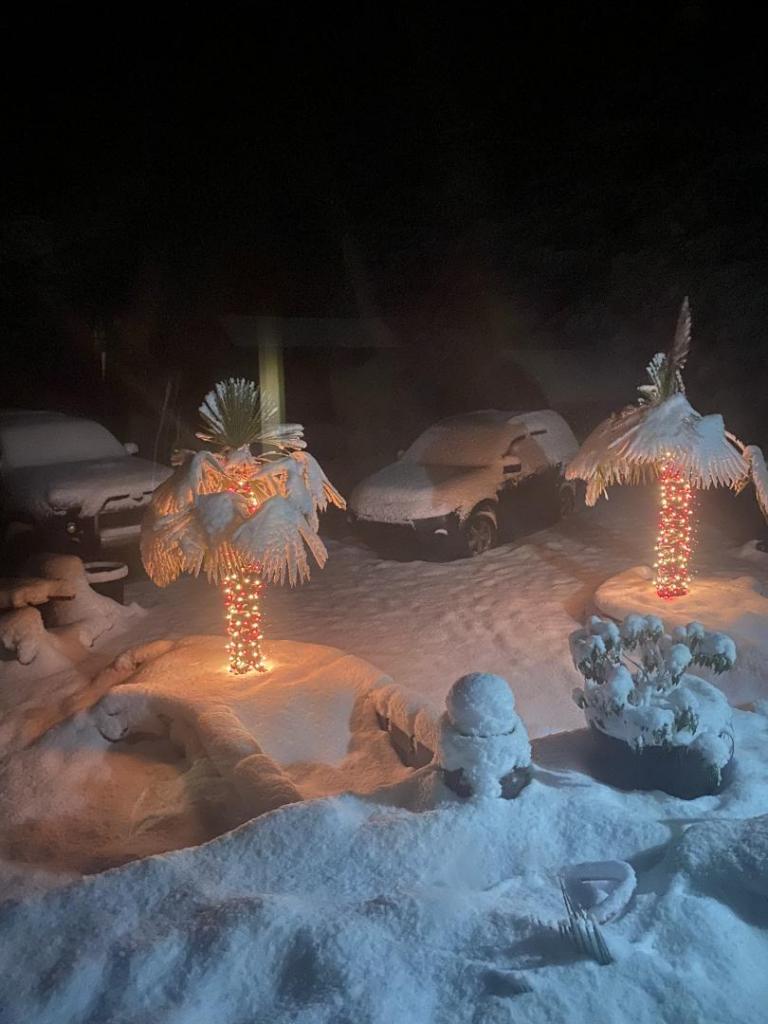



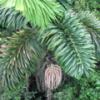





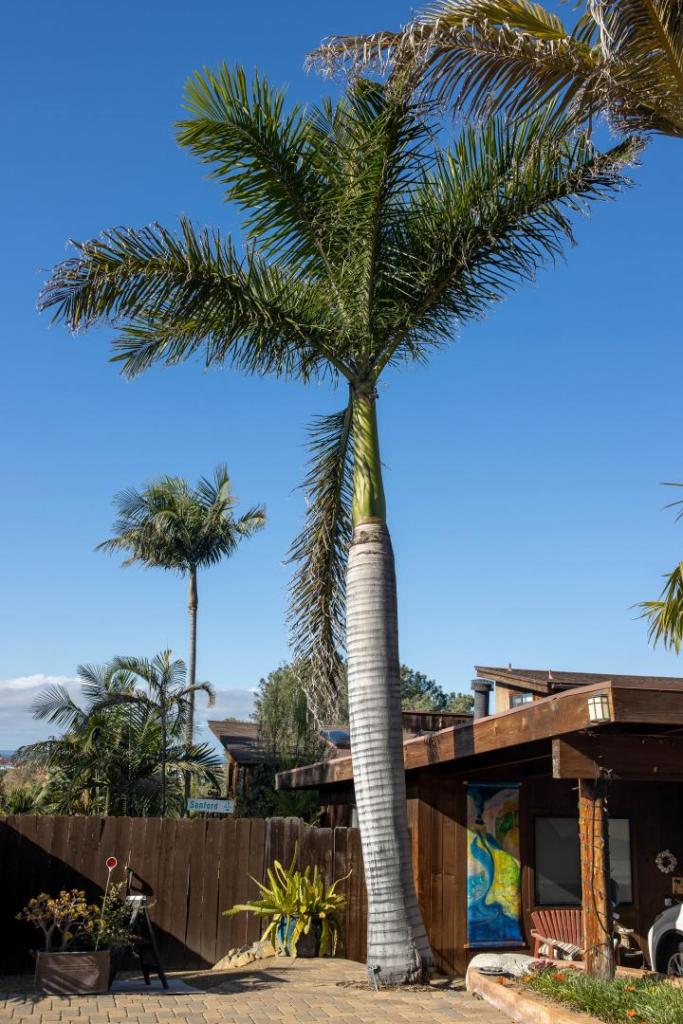
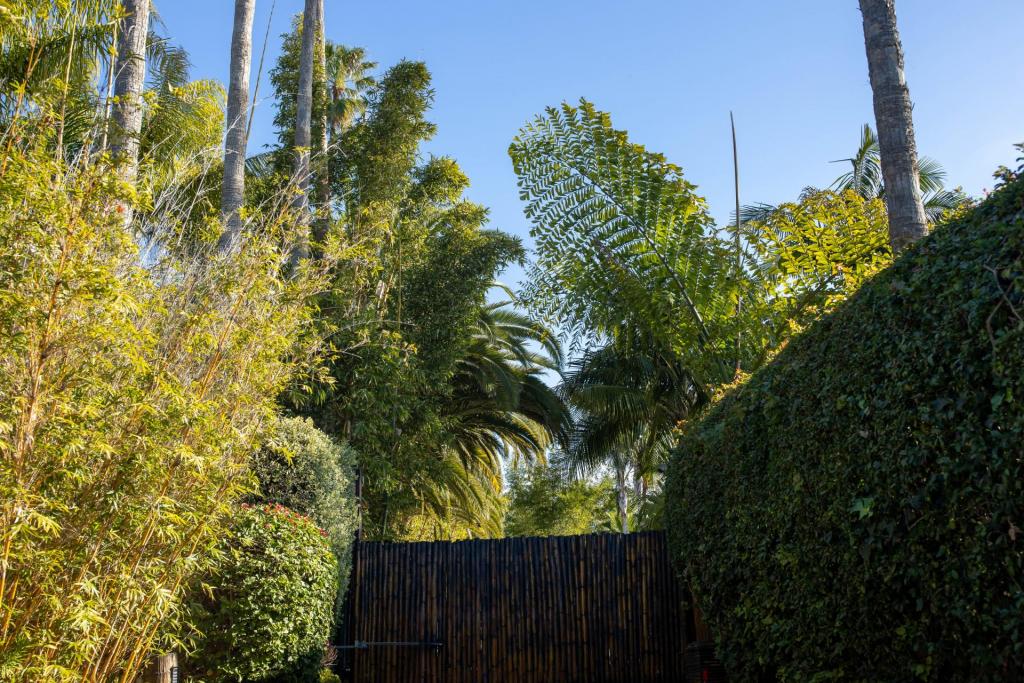
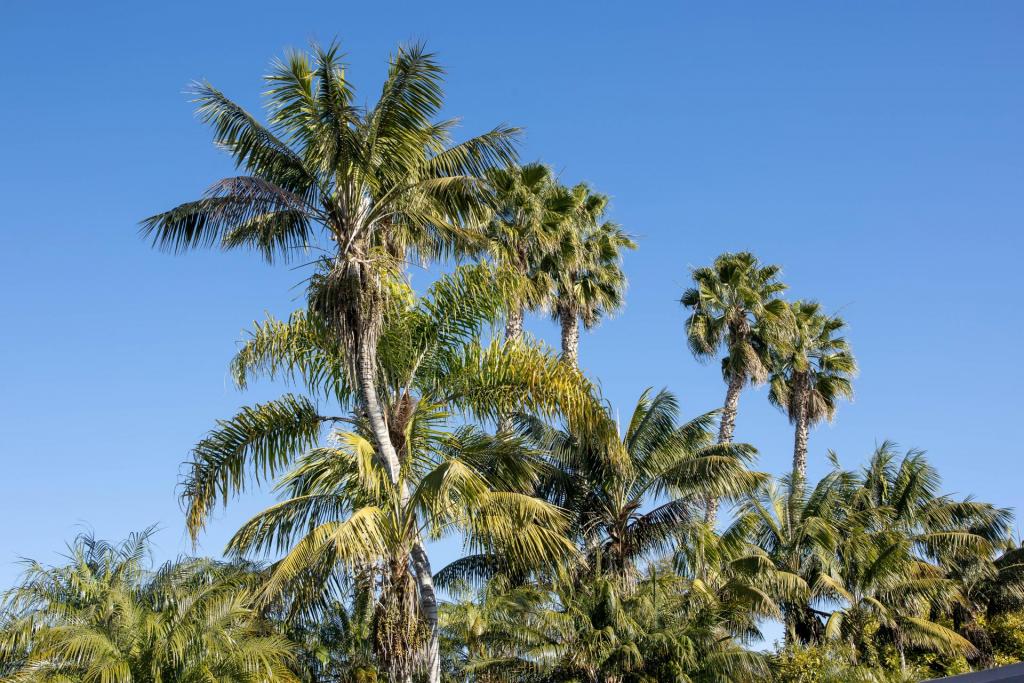
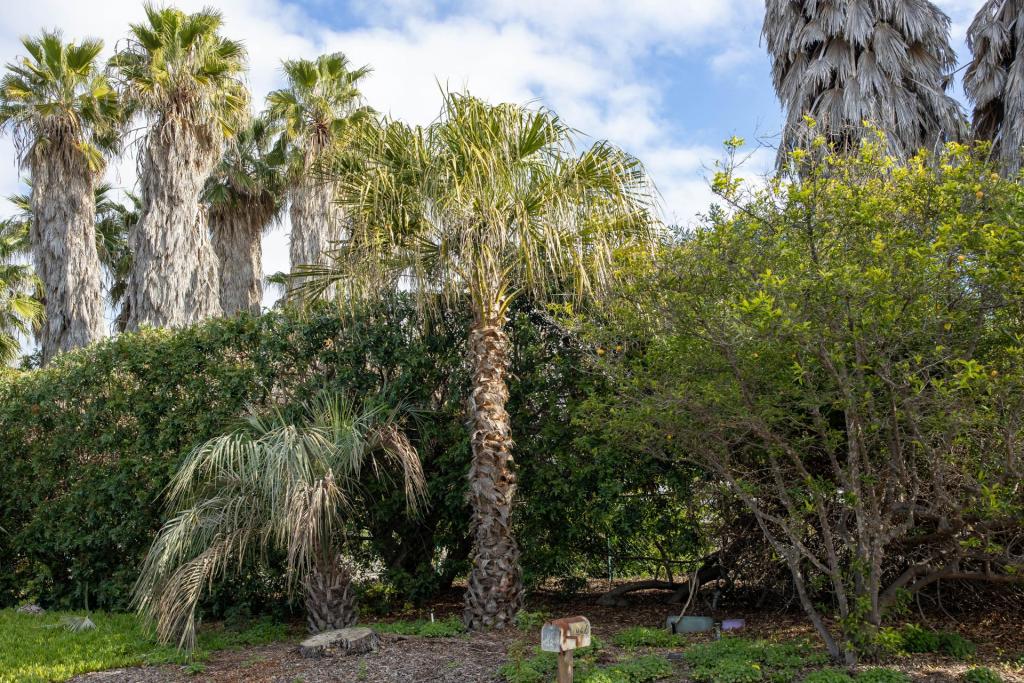


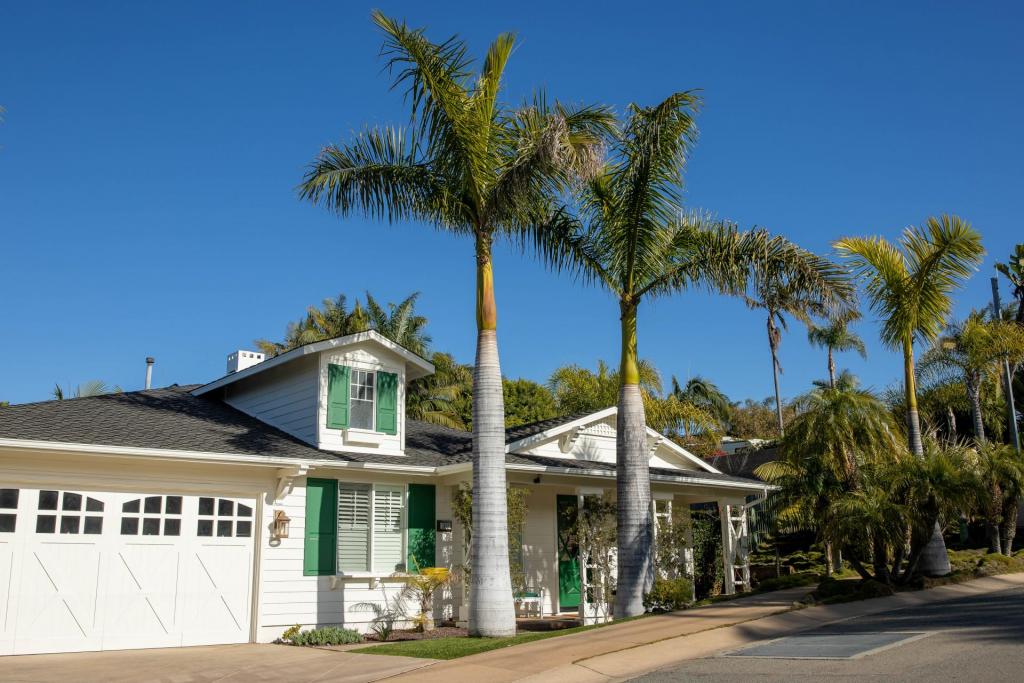
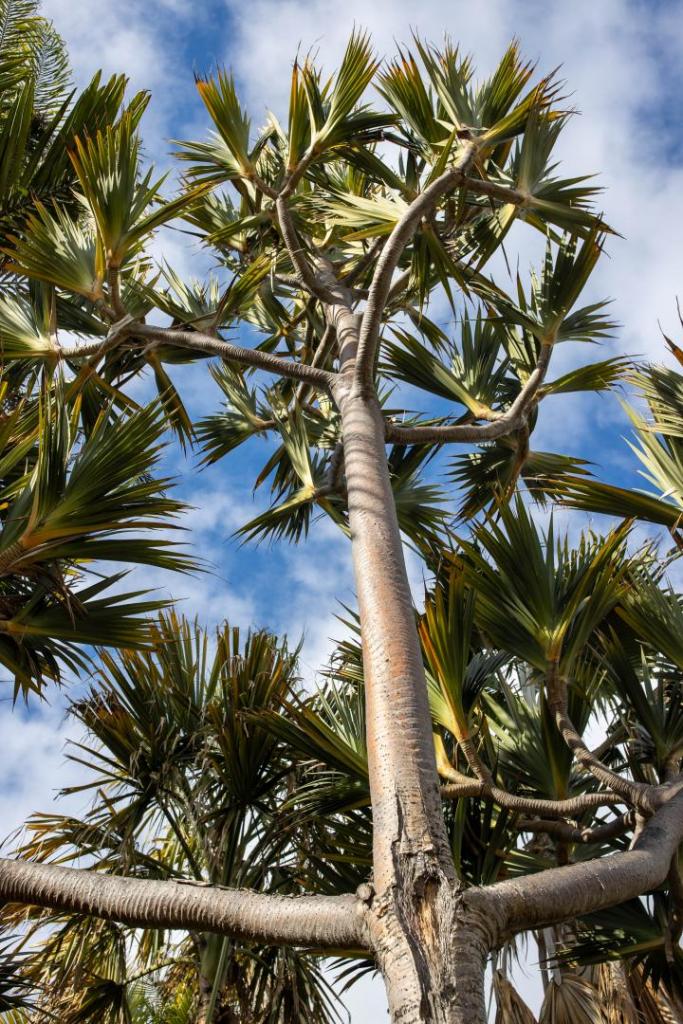
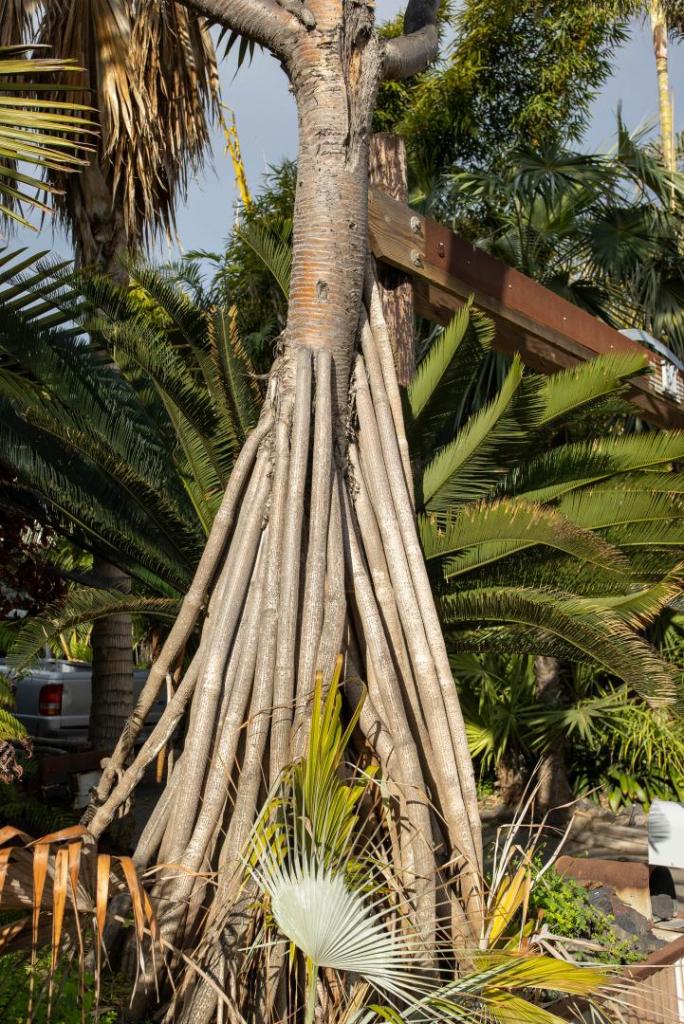
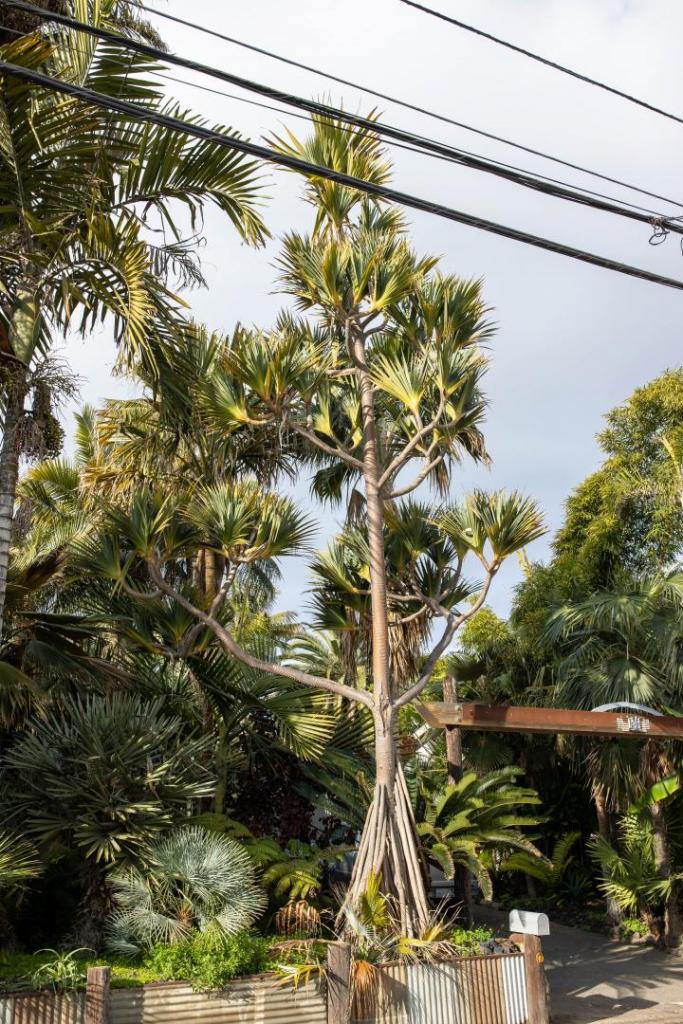

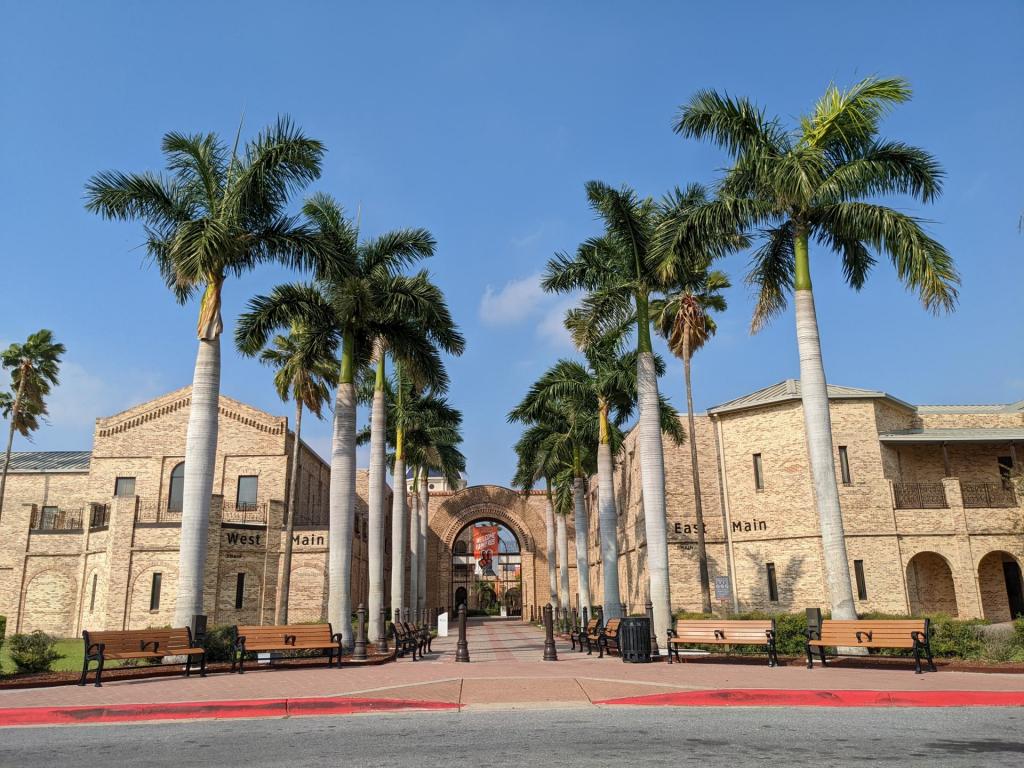
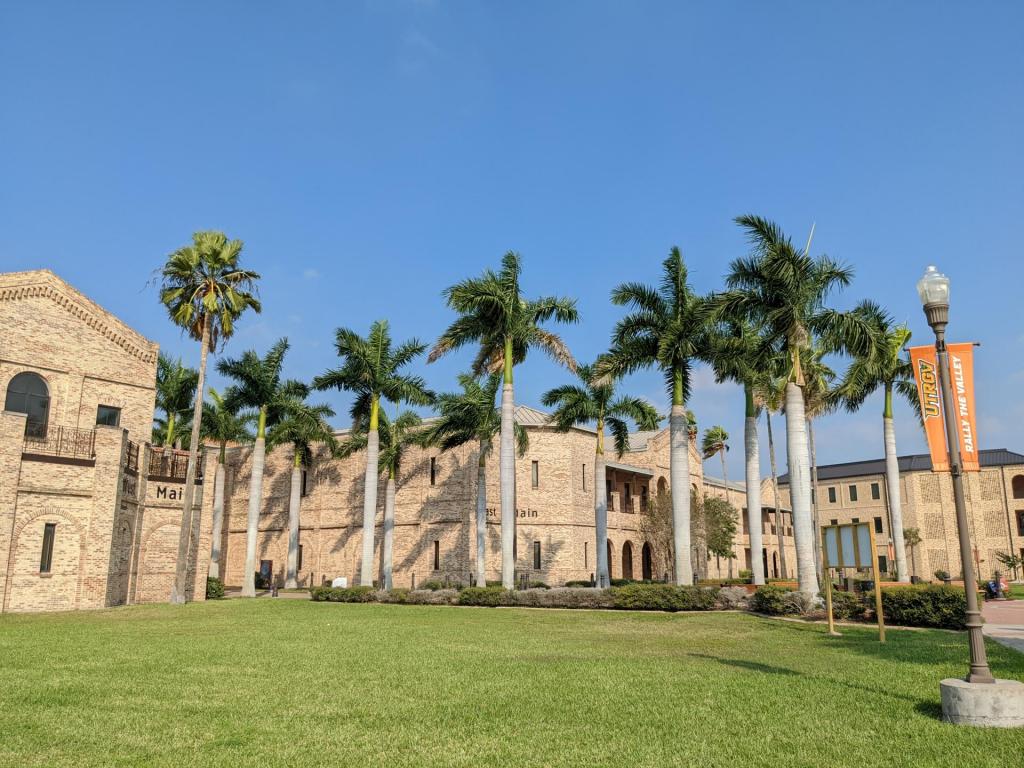
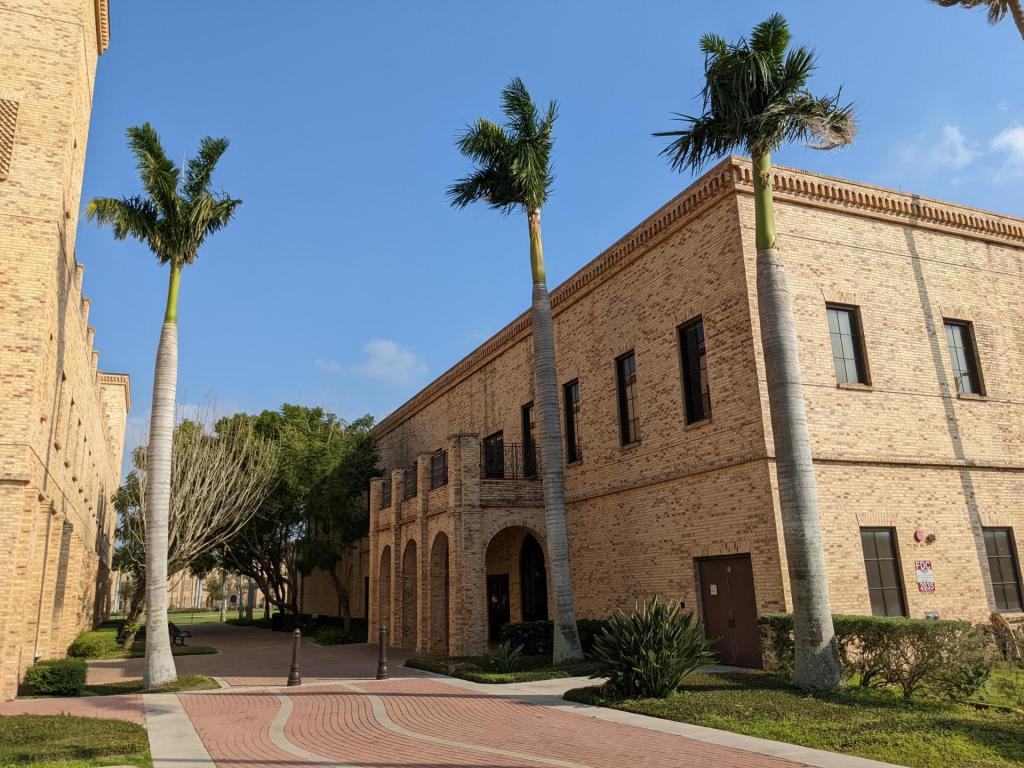



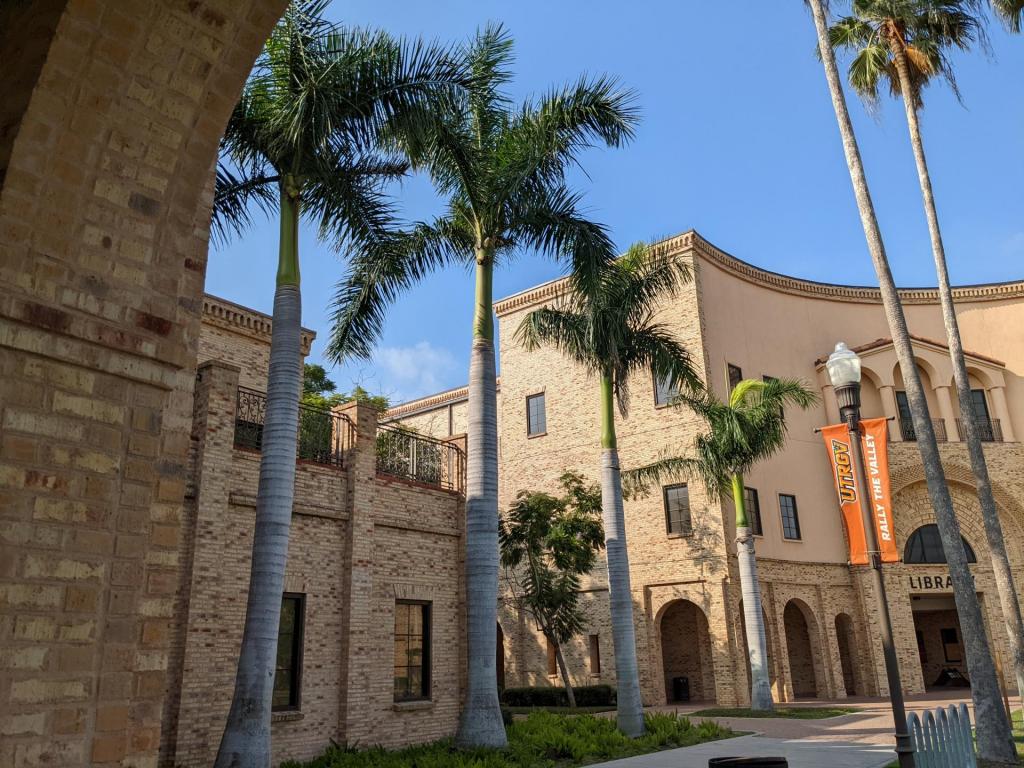
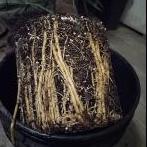

.thumb.jpeg.bf55dcd7cf363872471e10a48e0c7f0b.jpeg)

